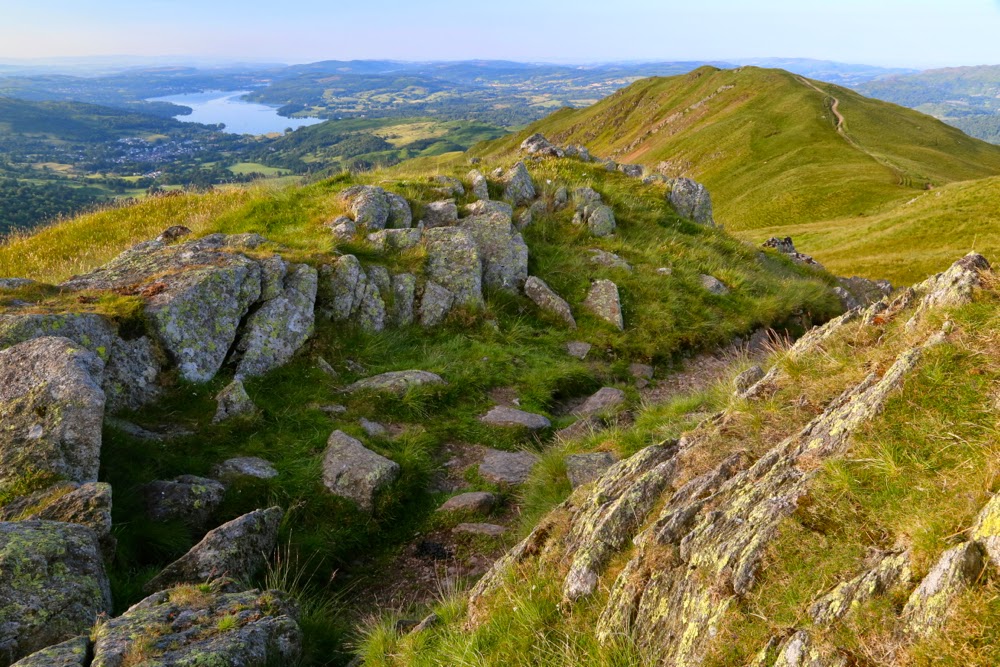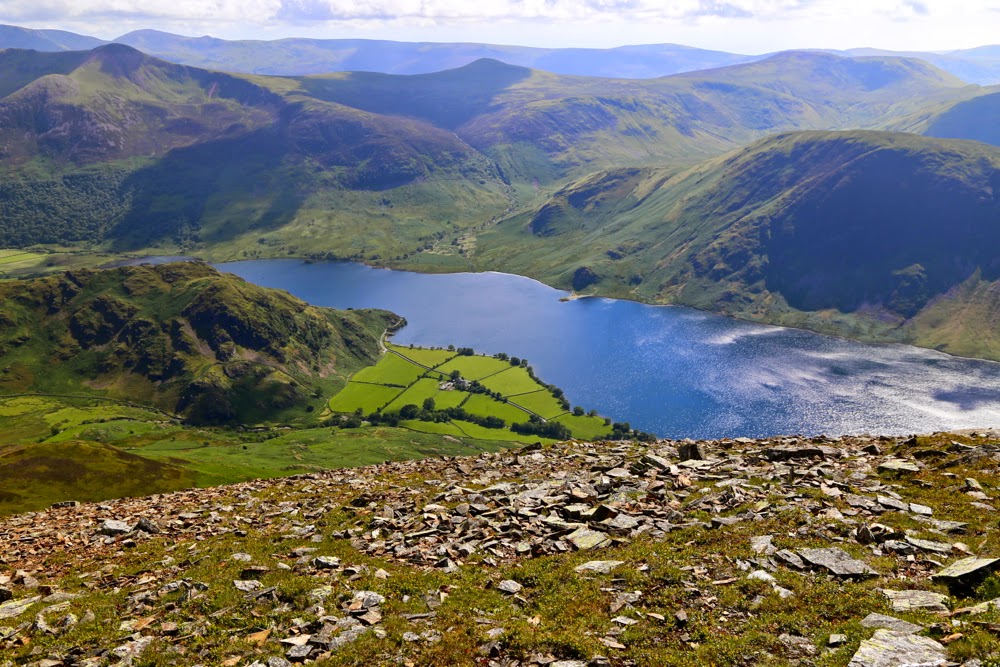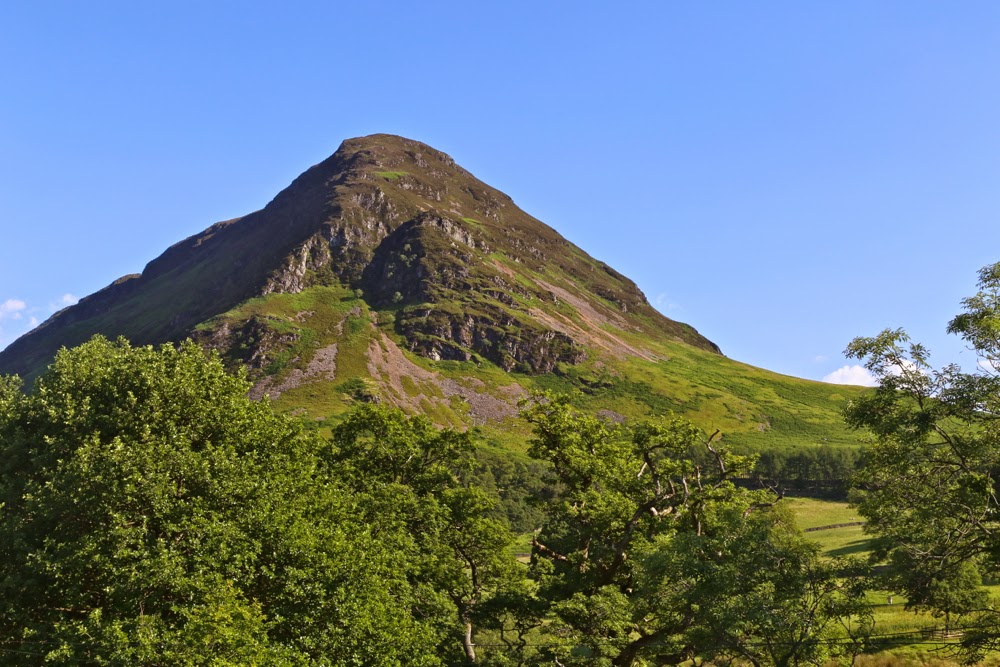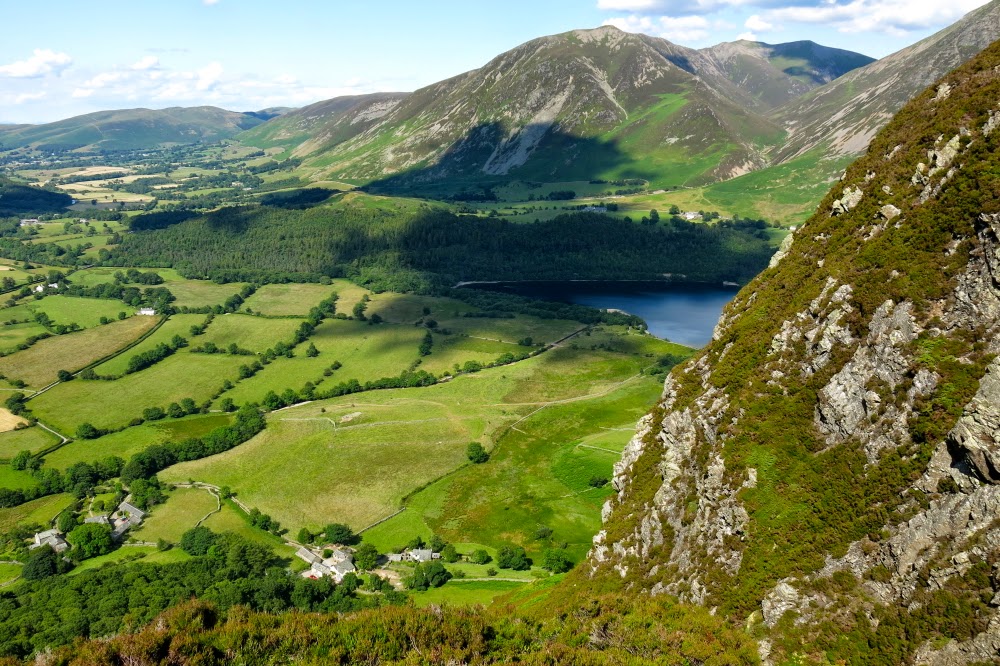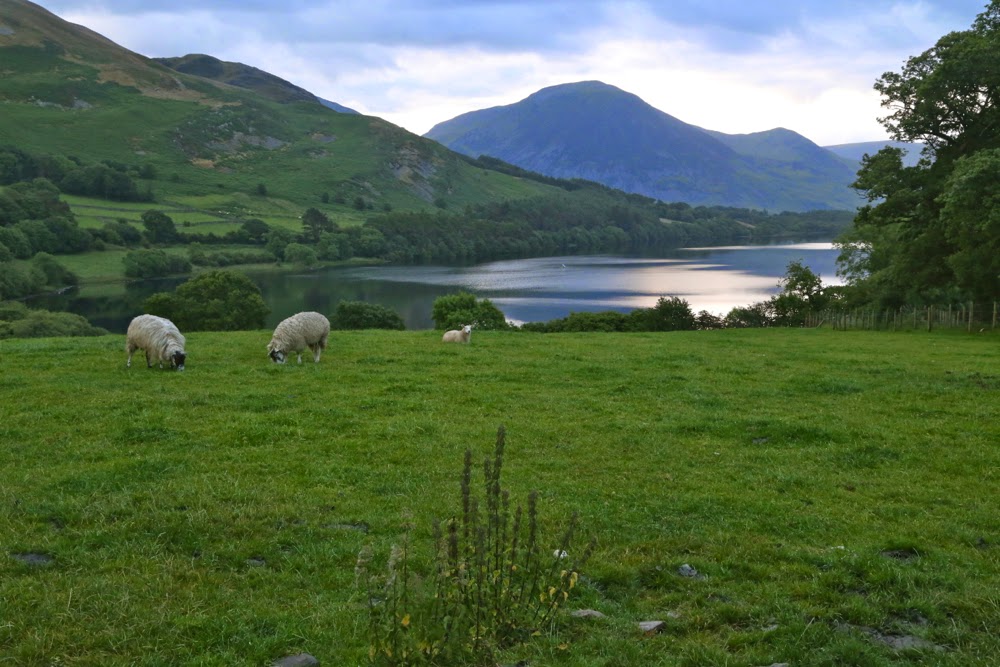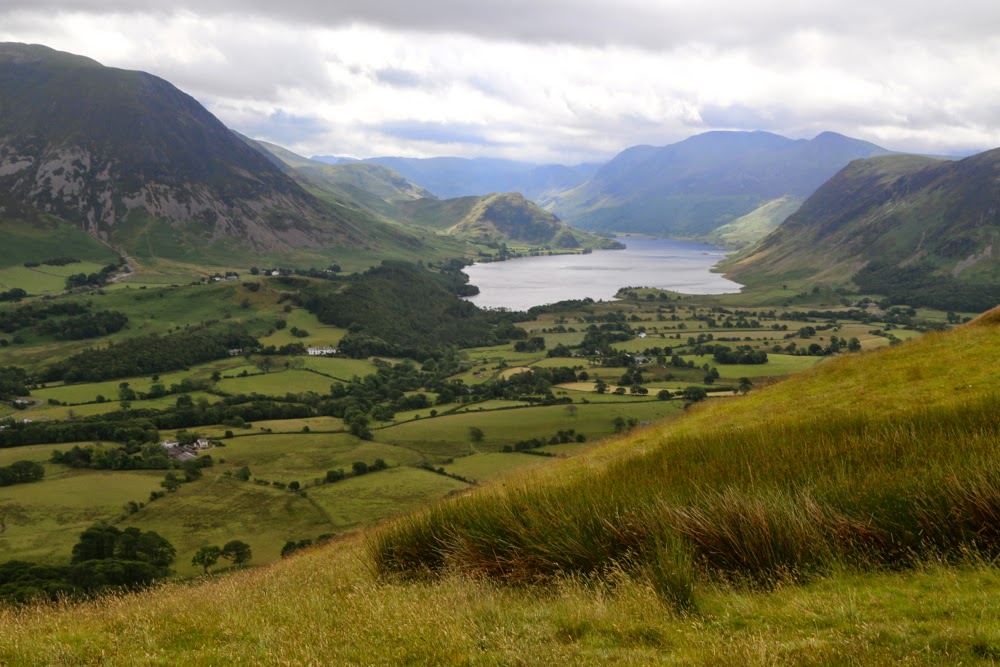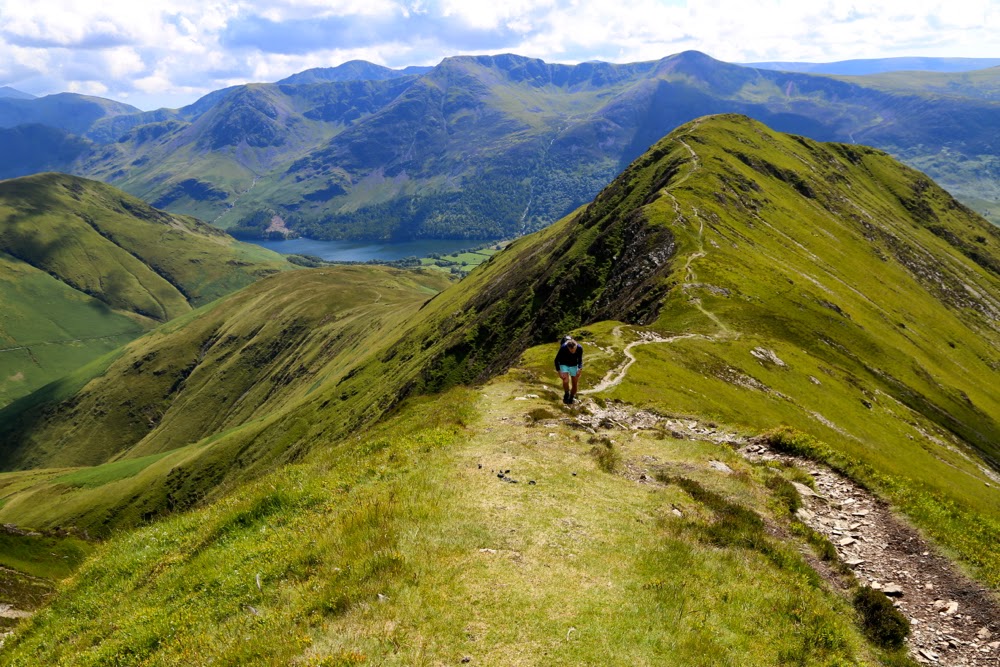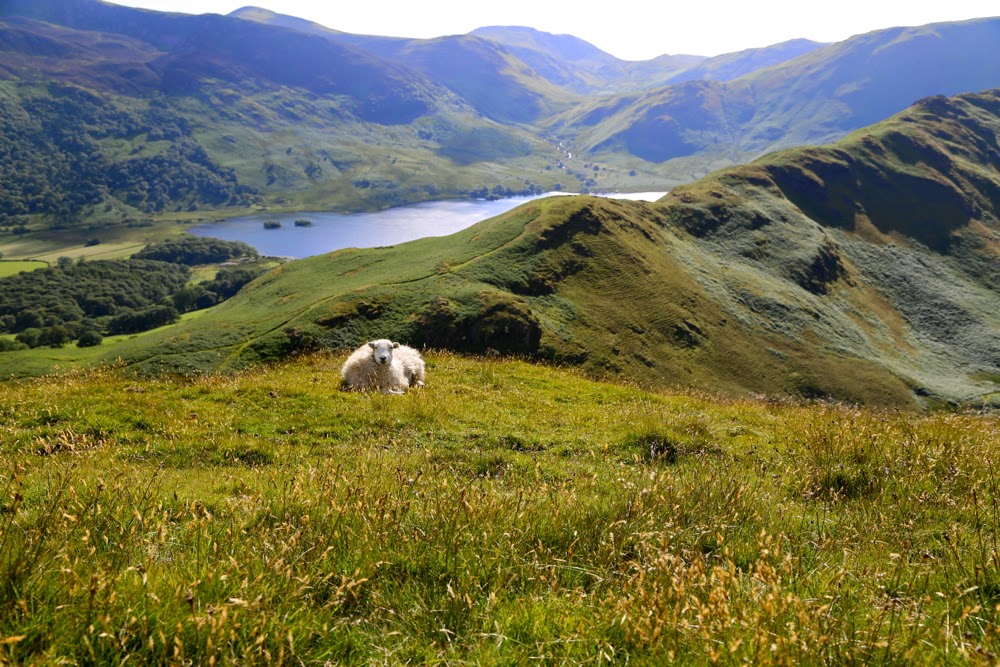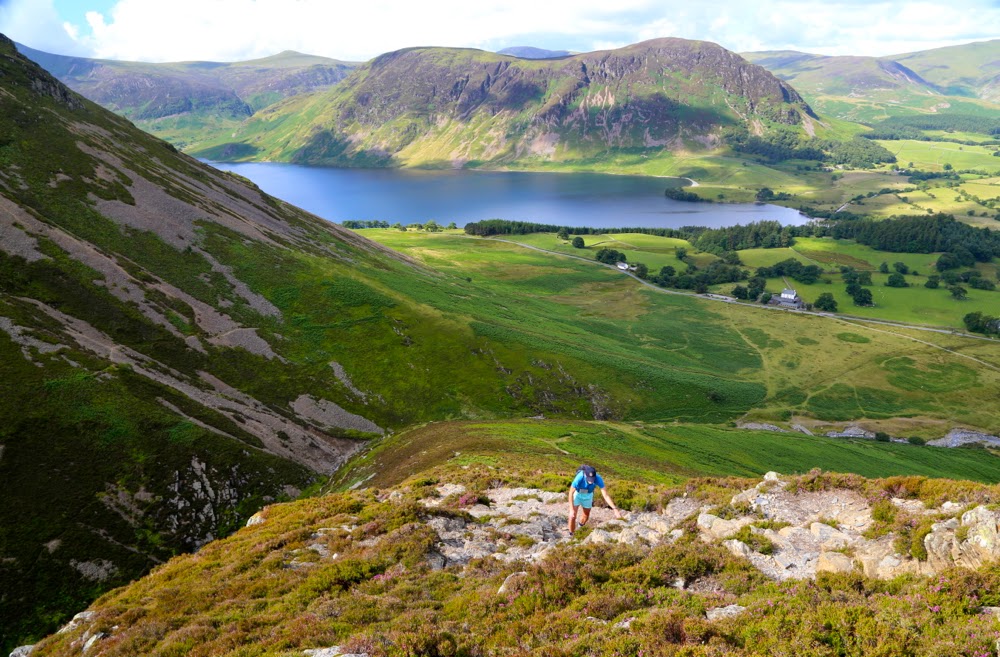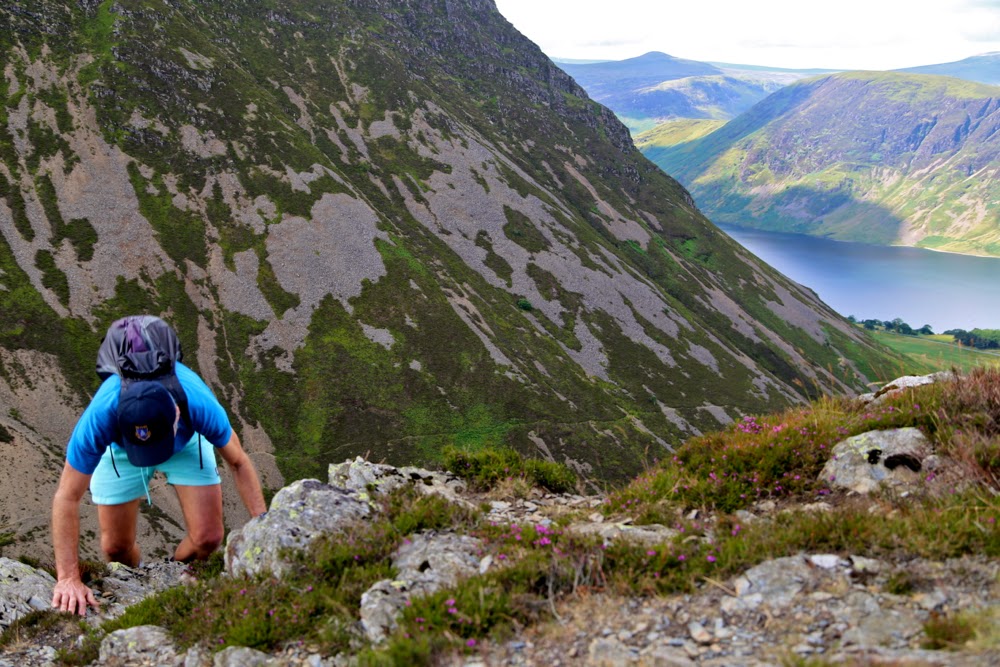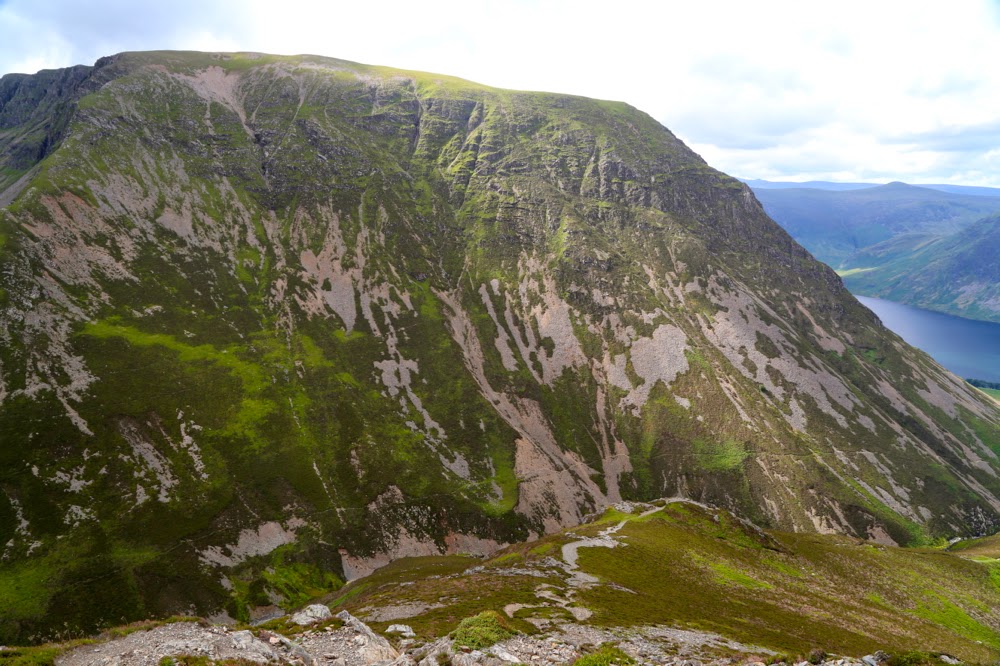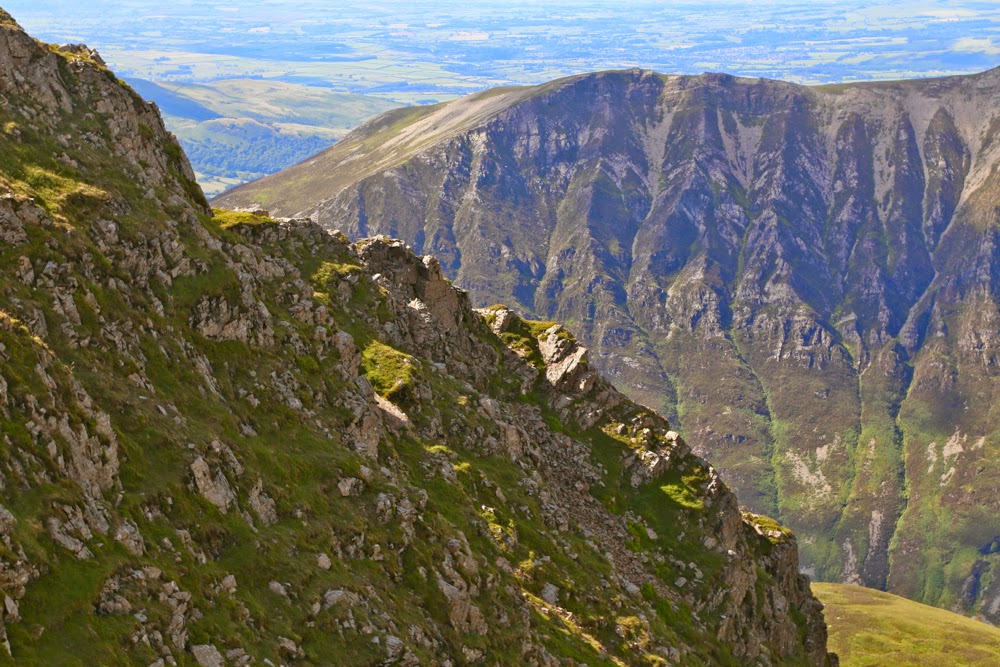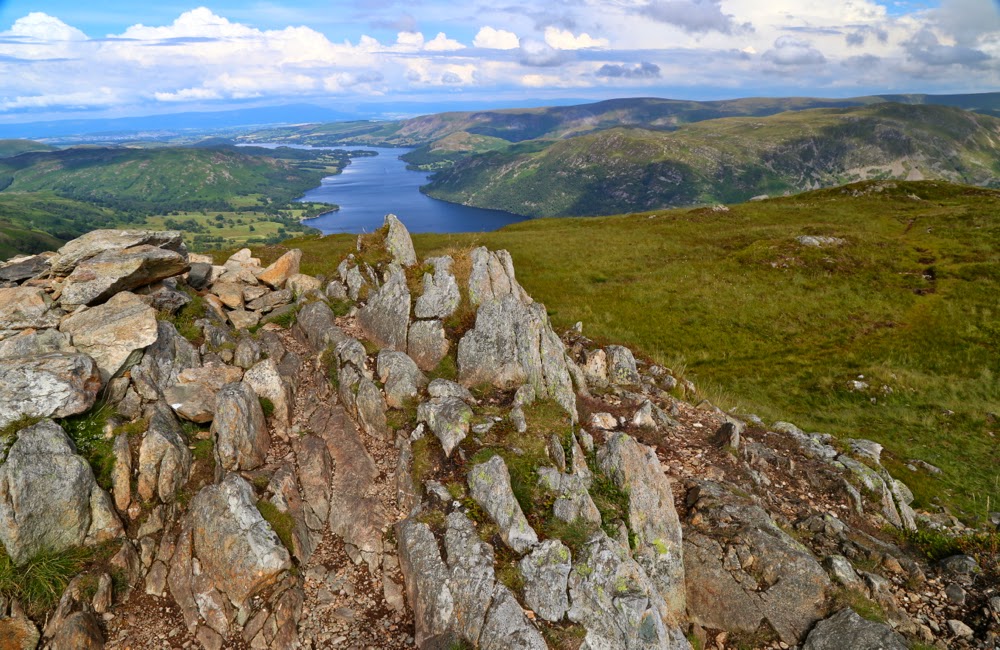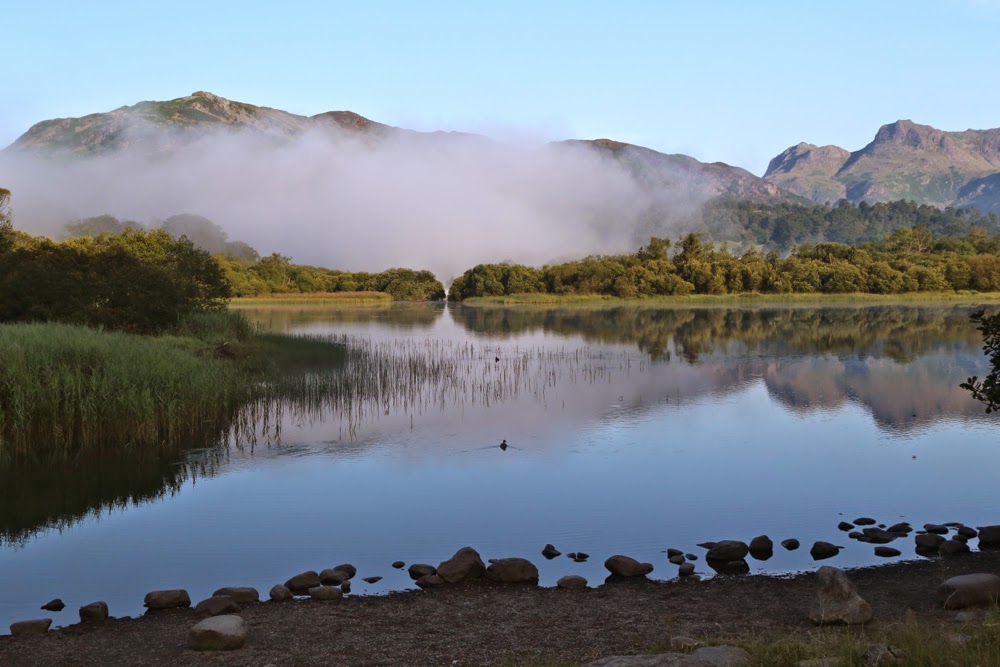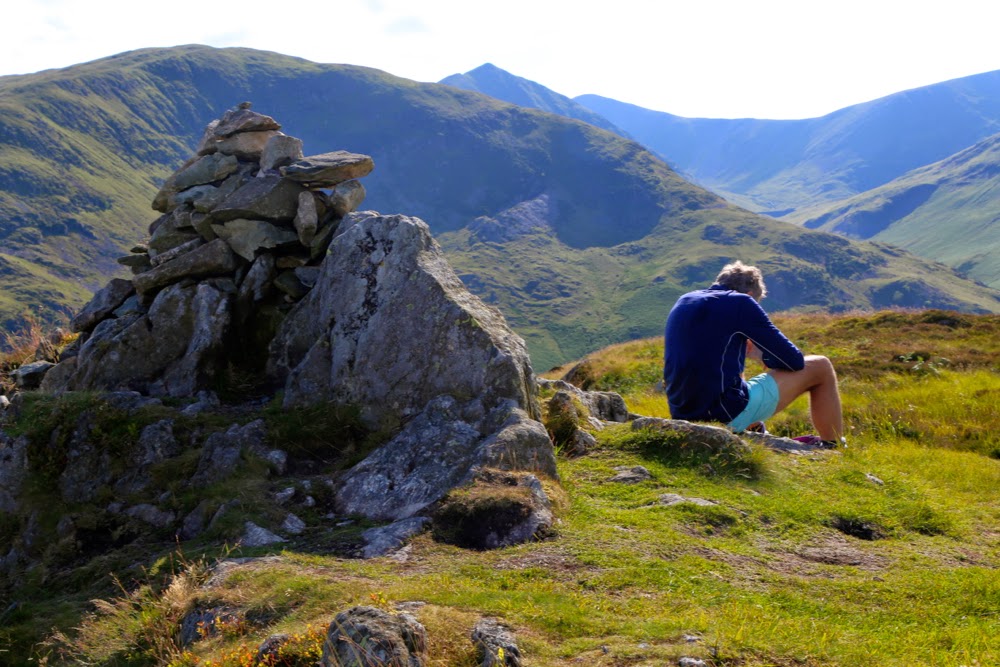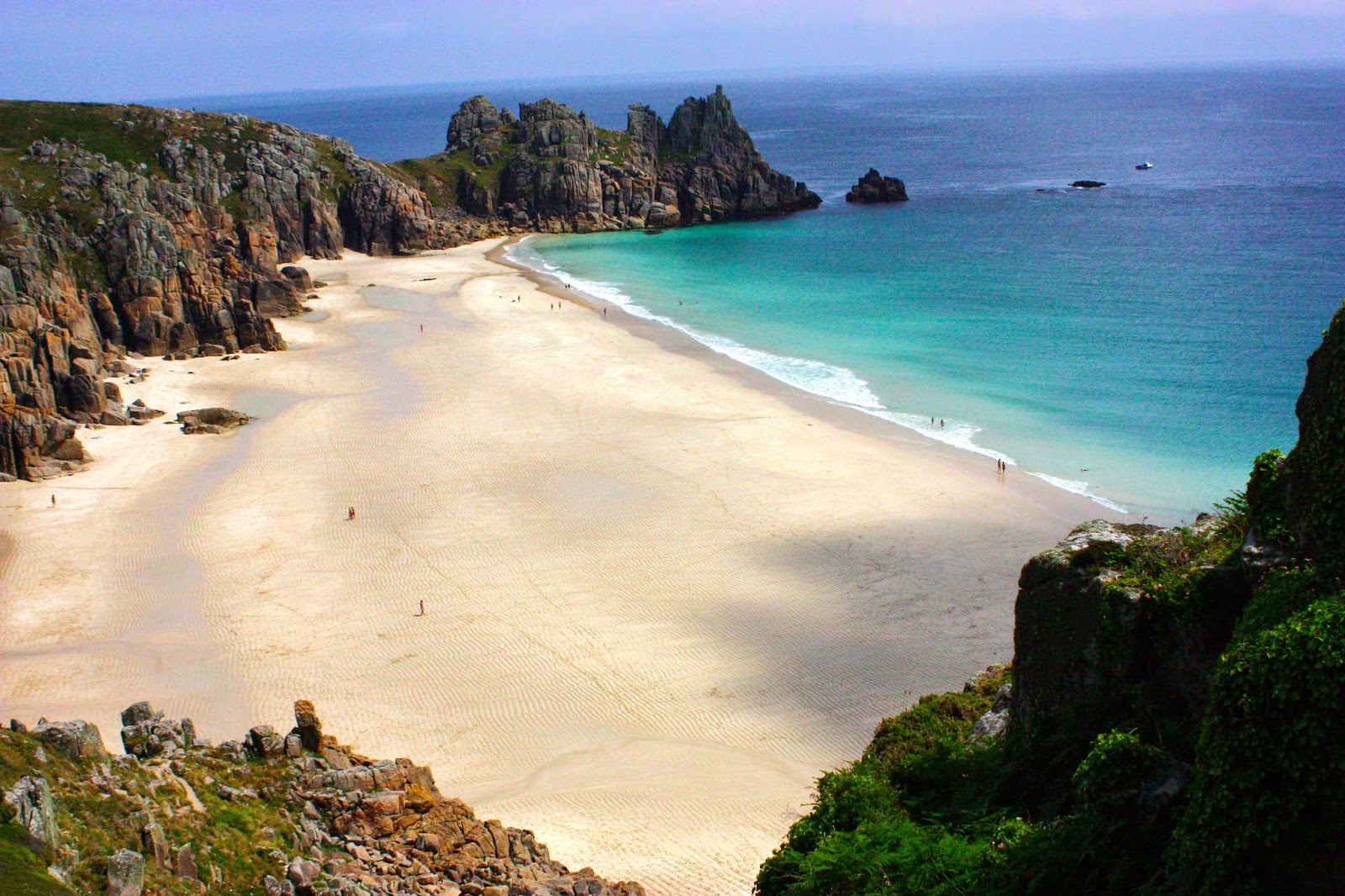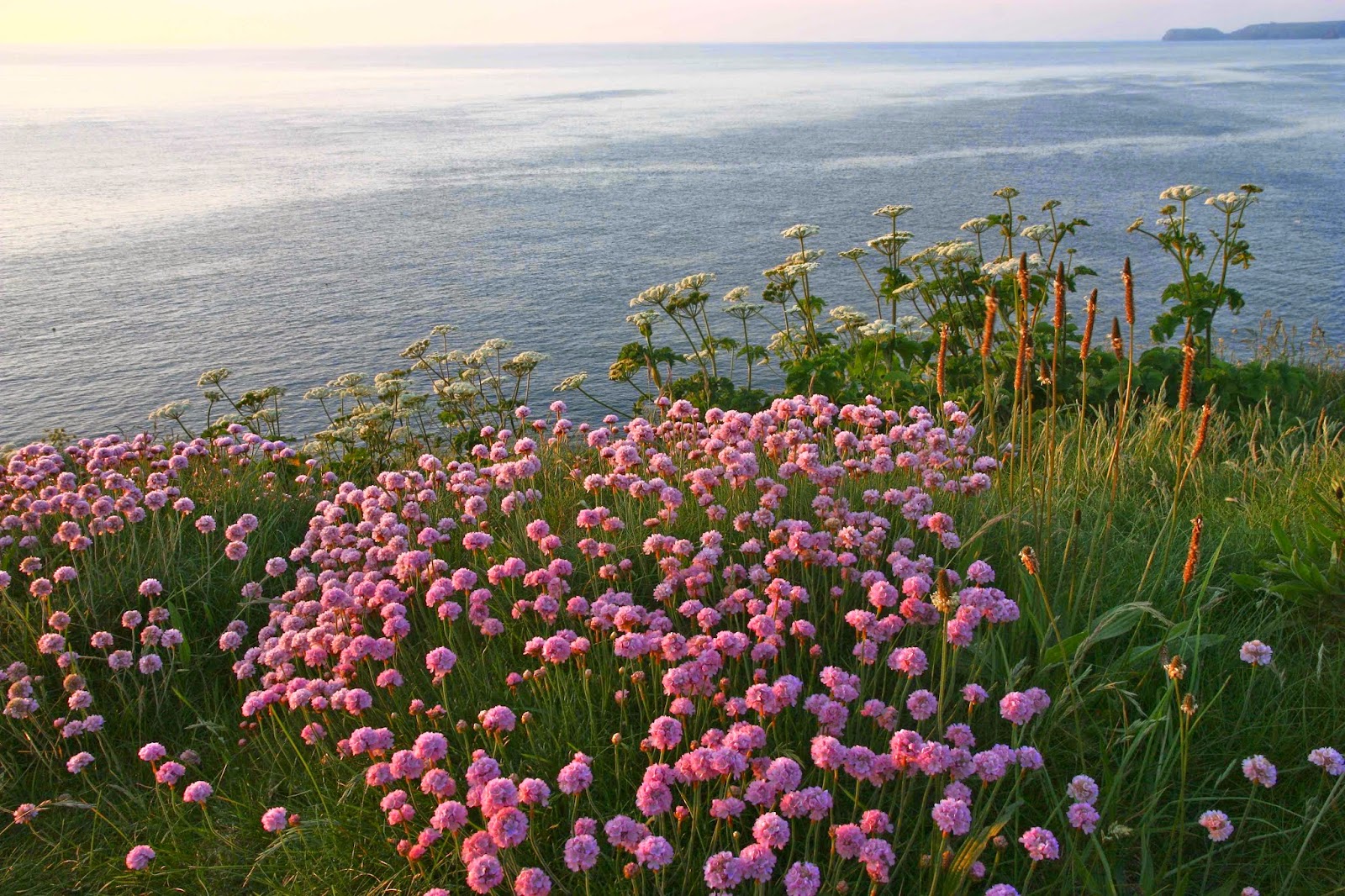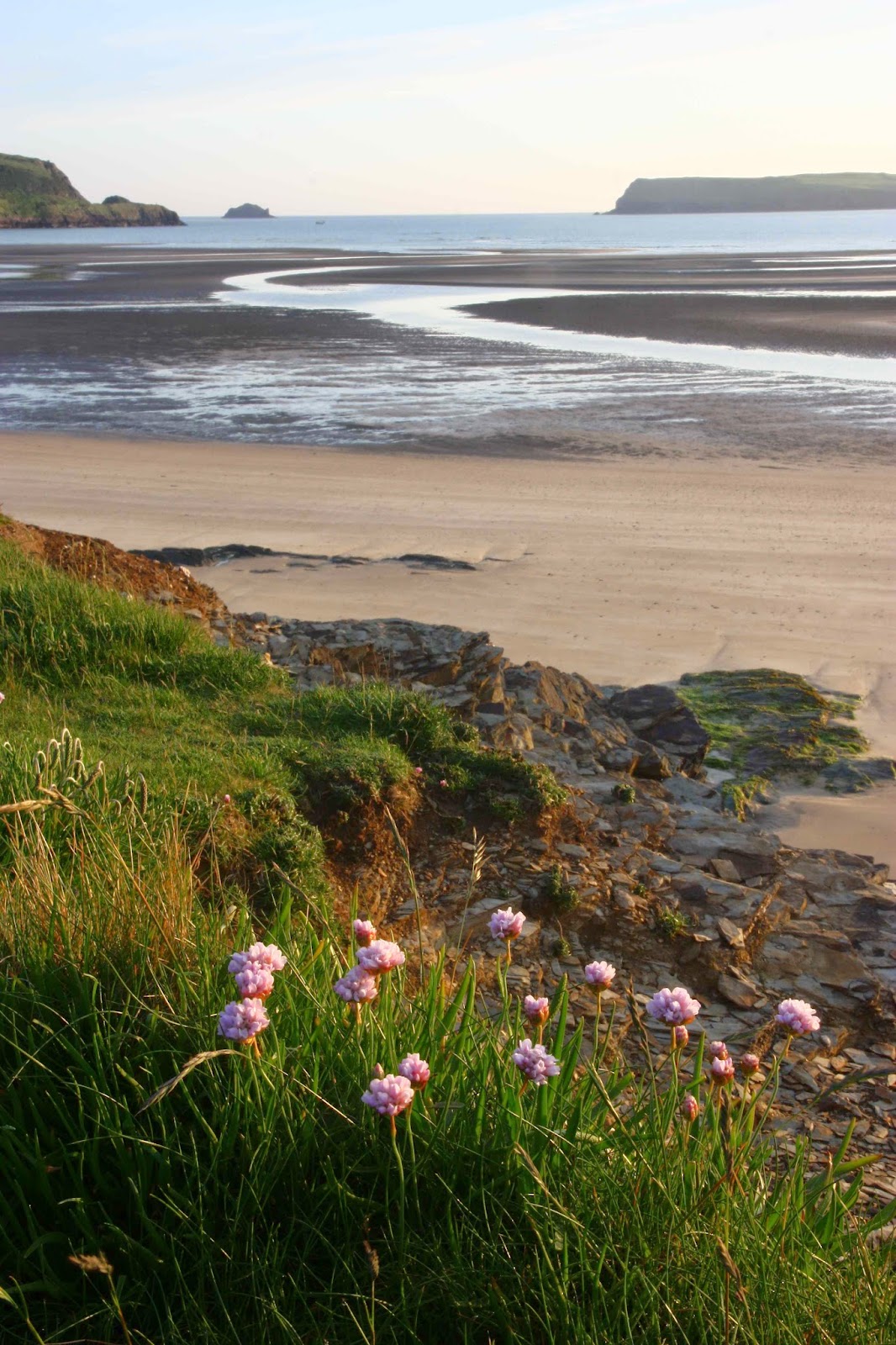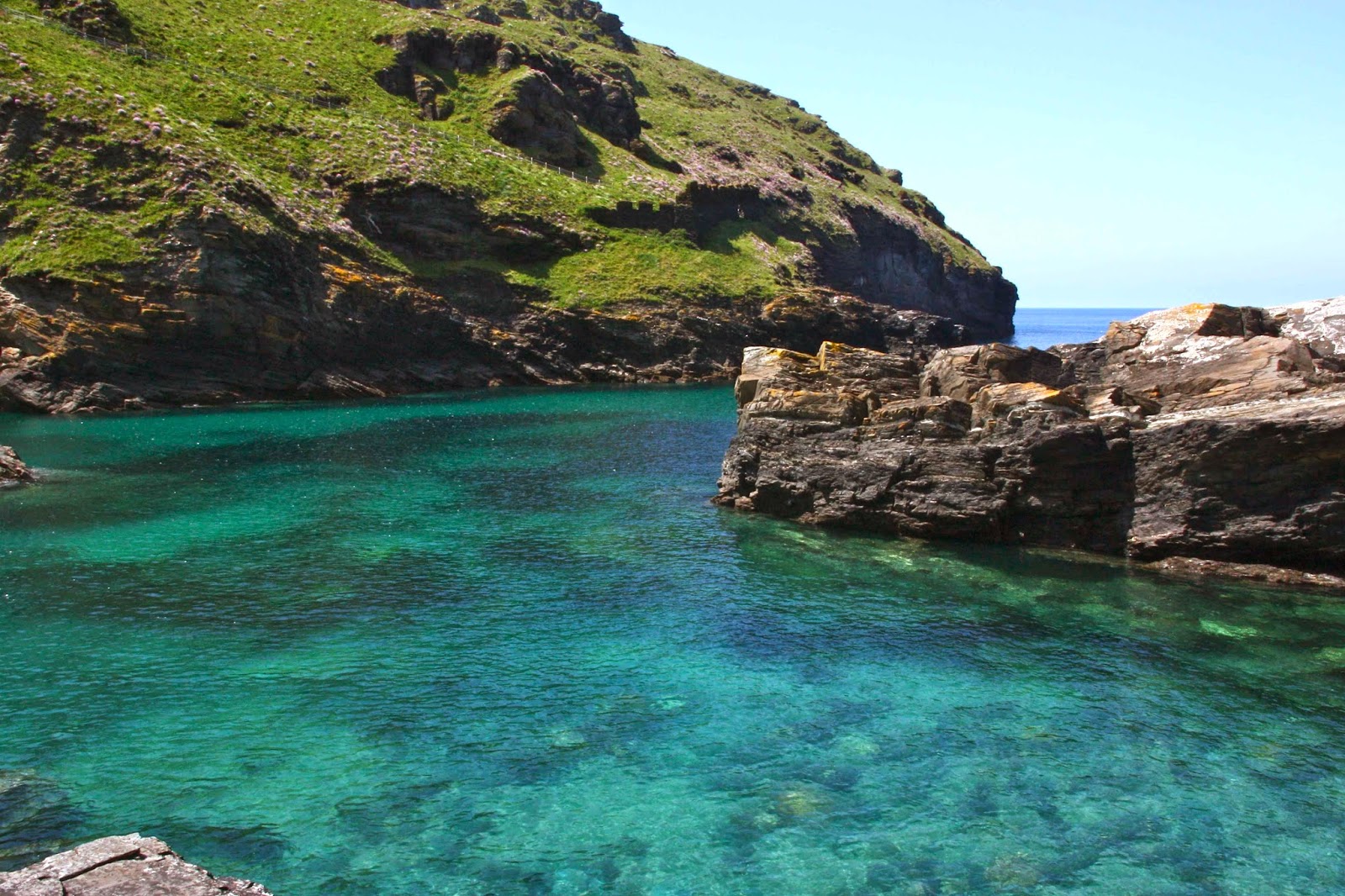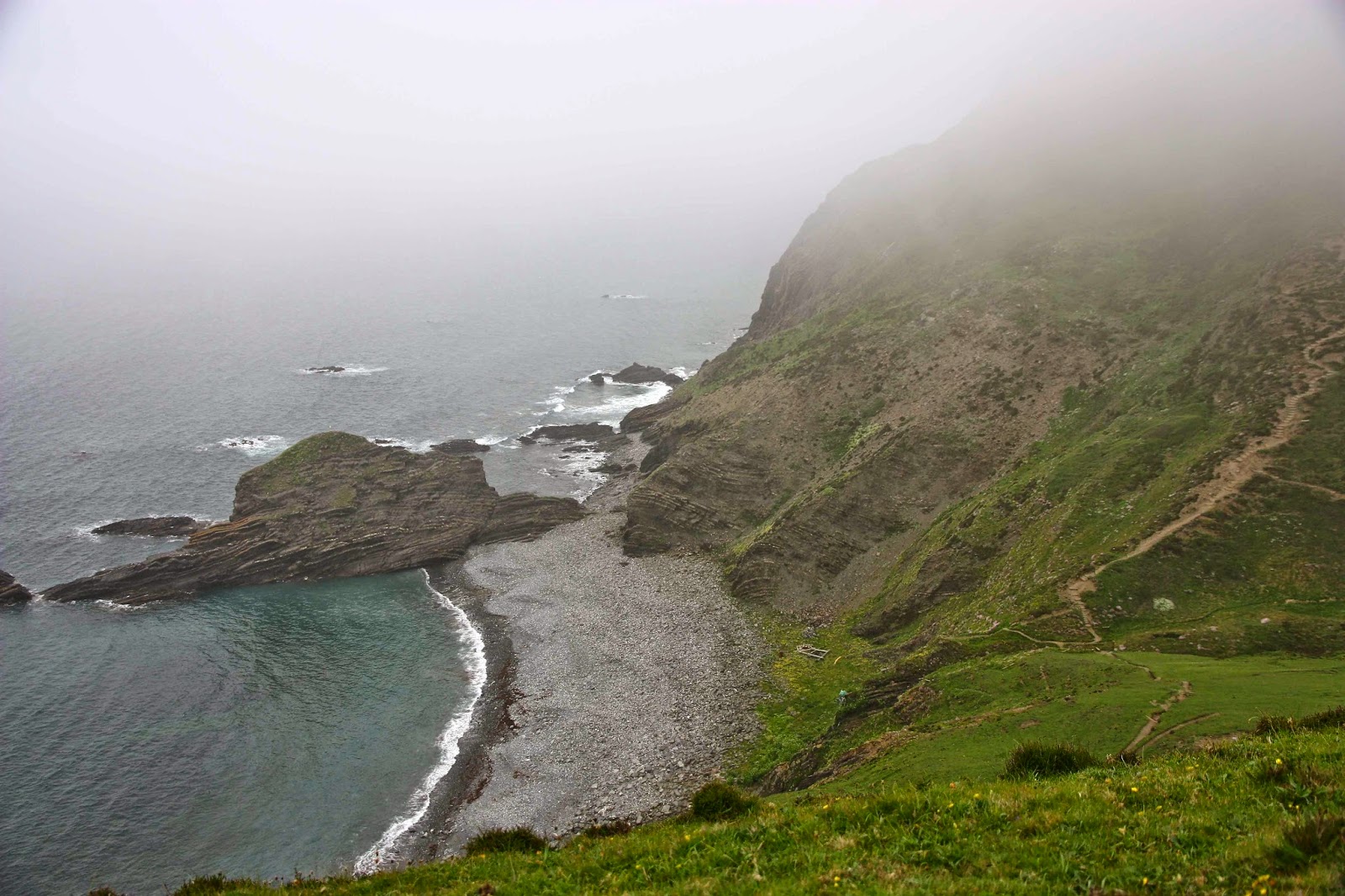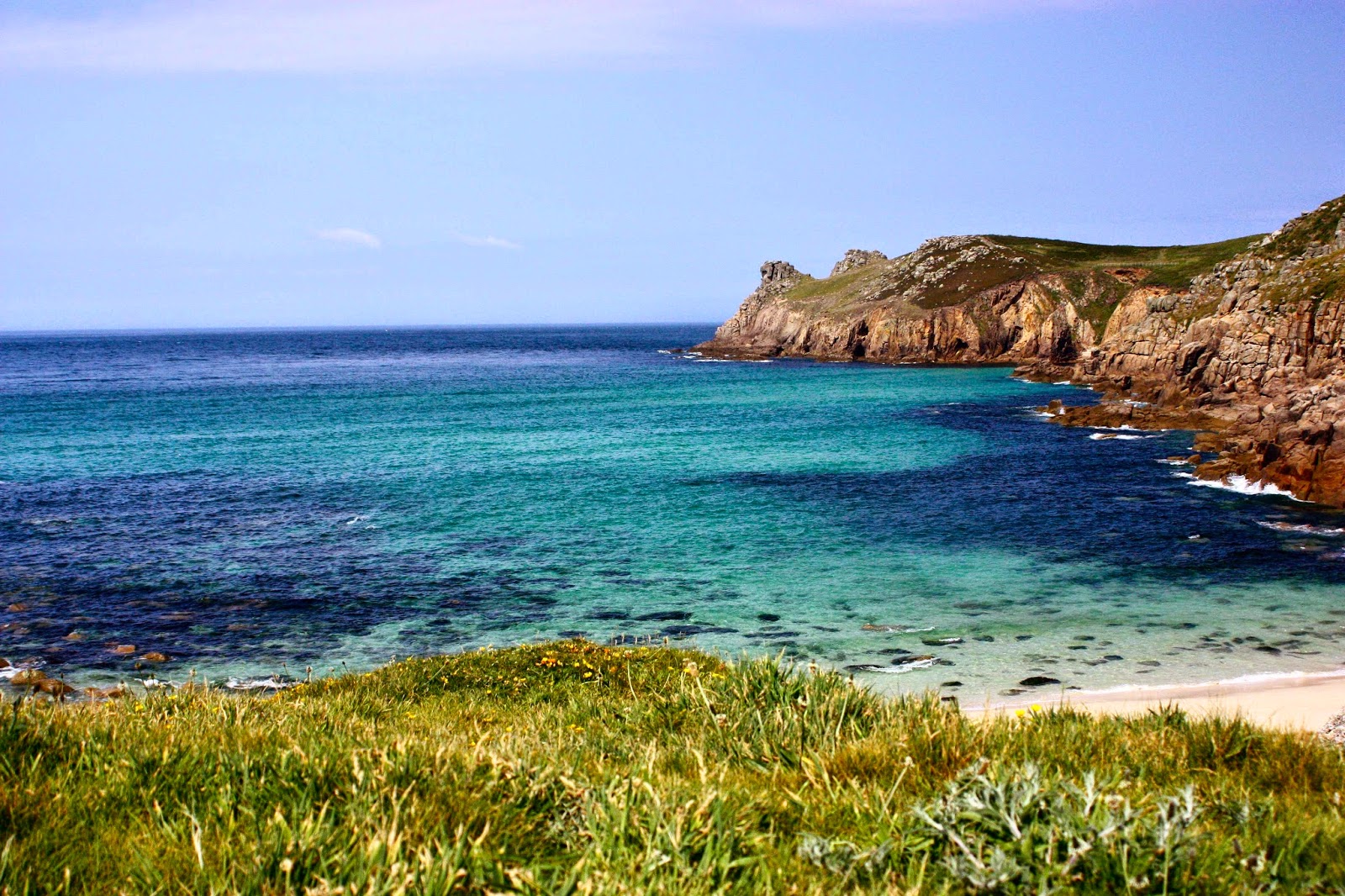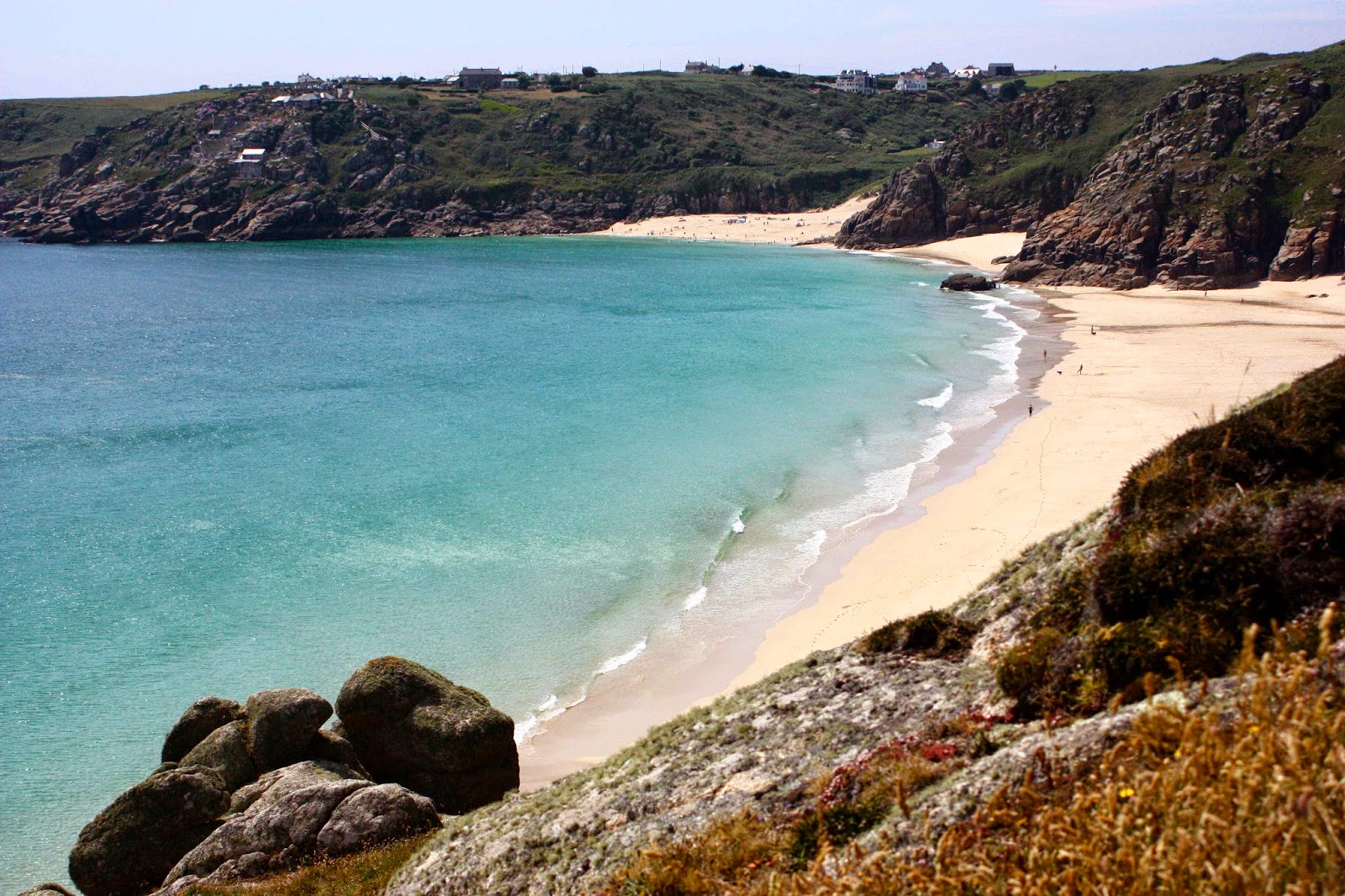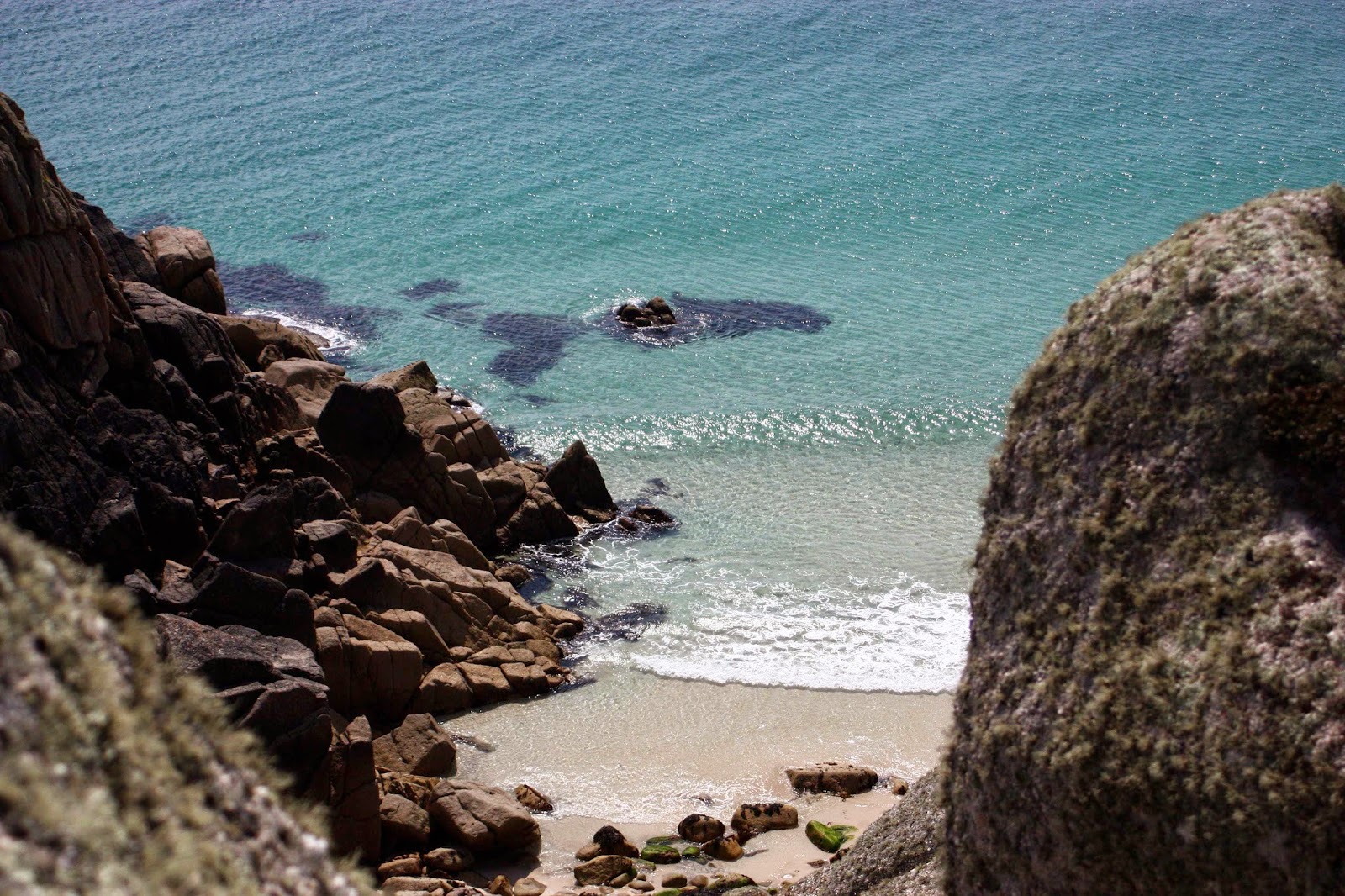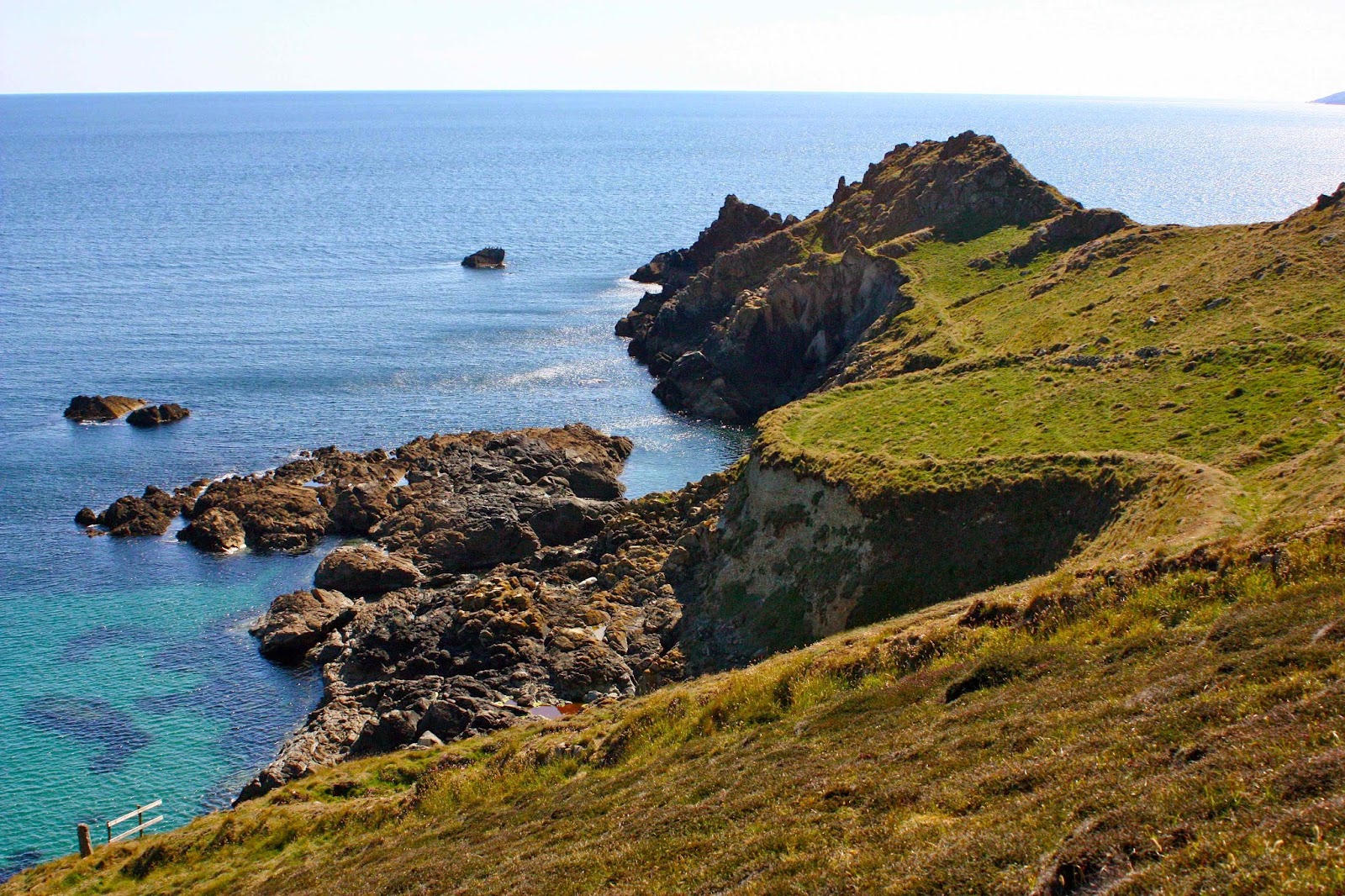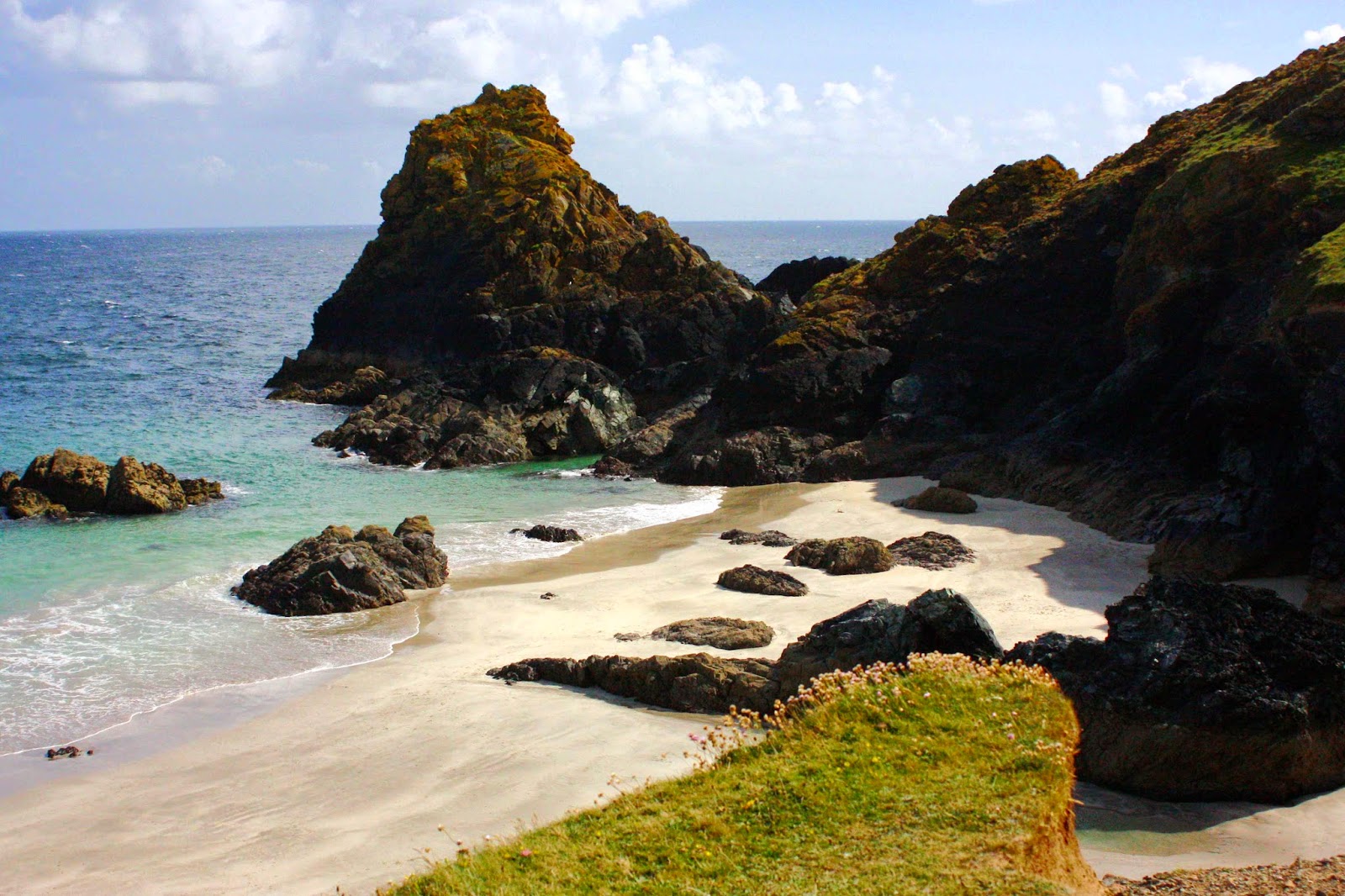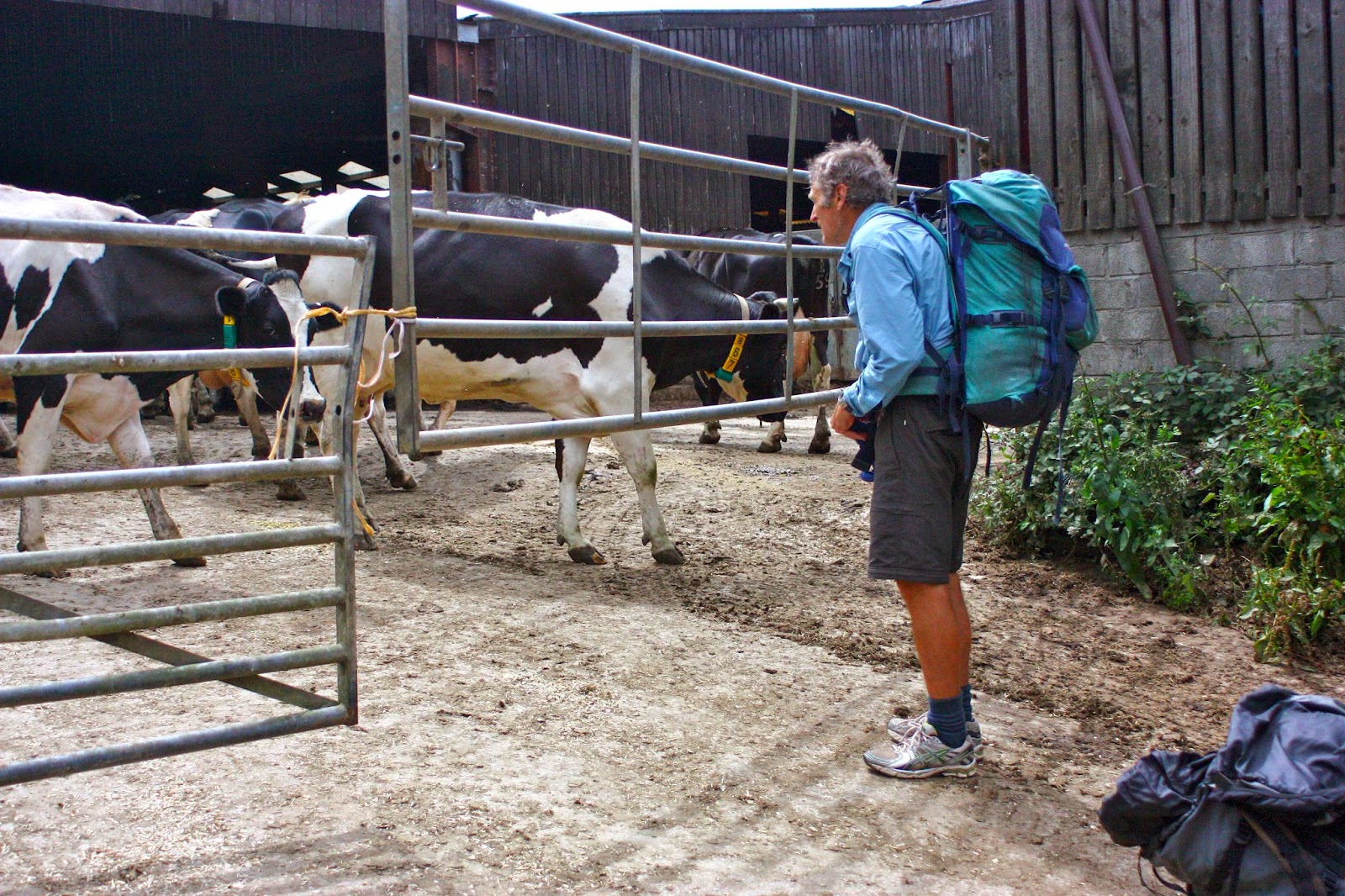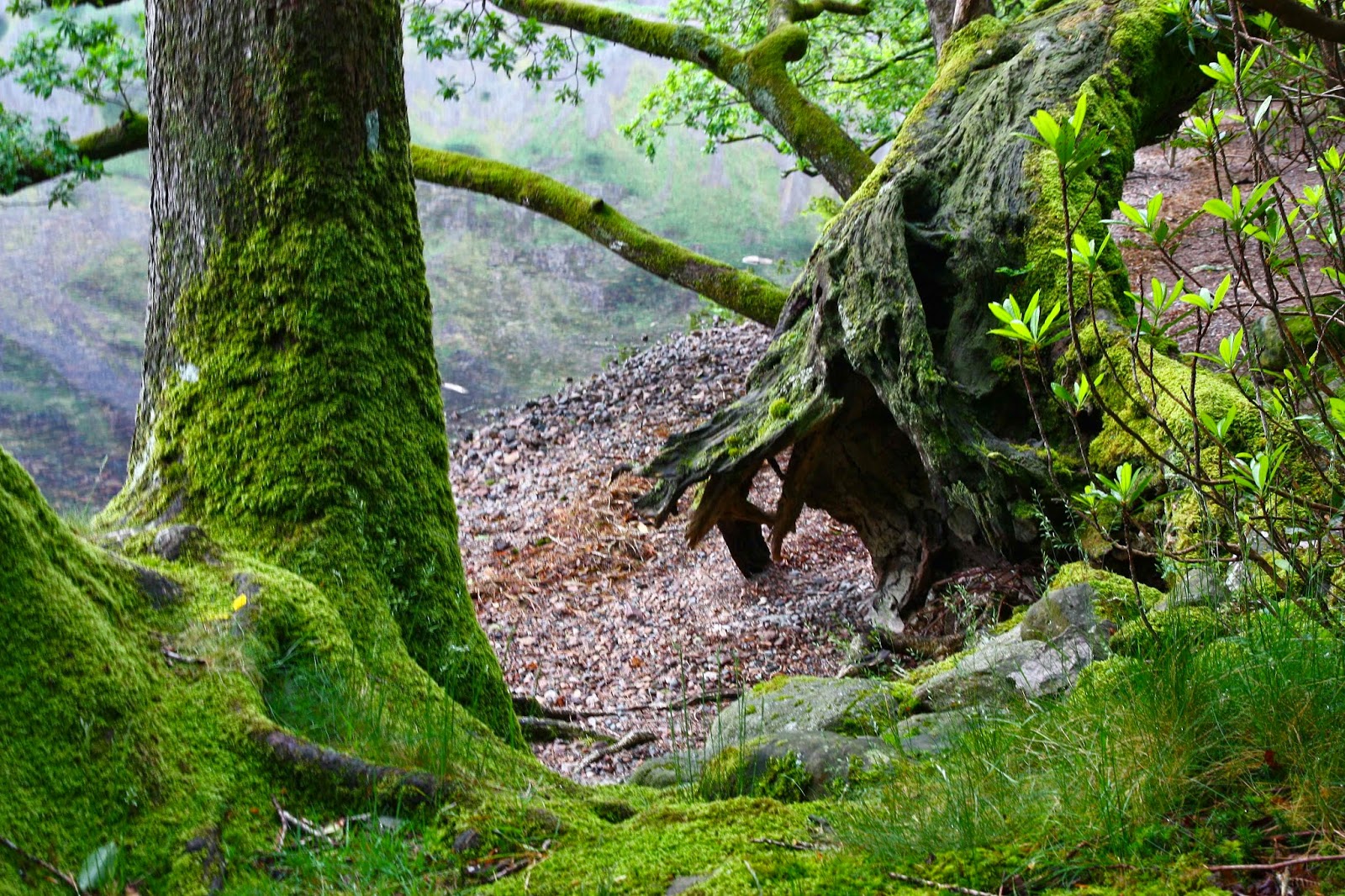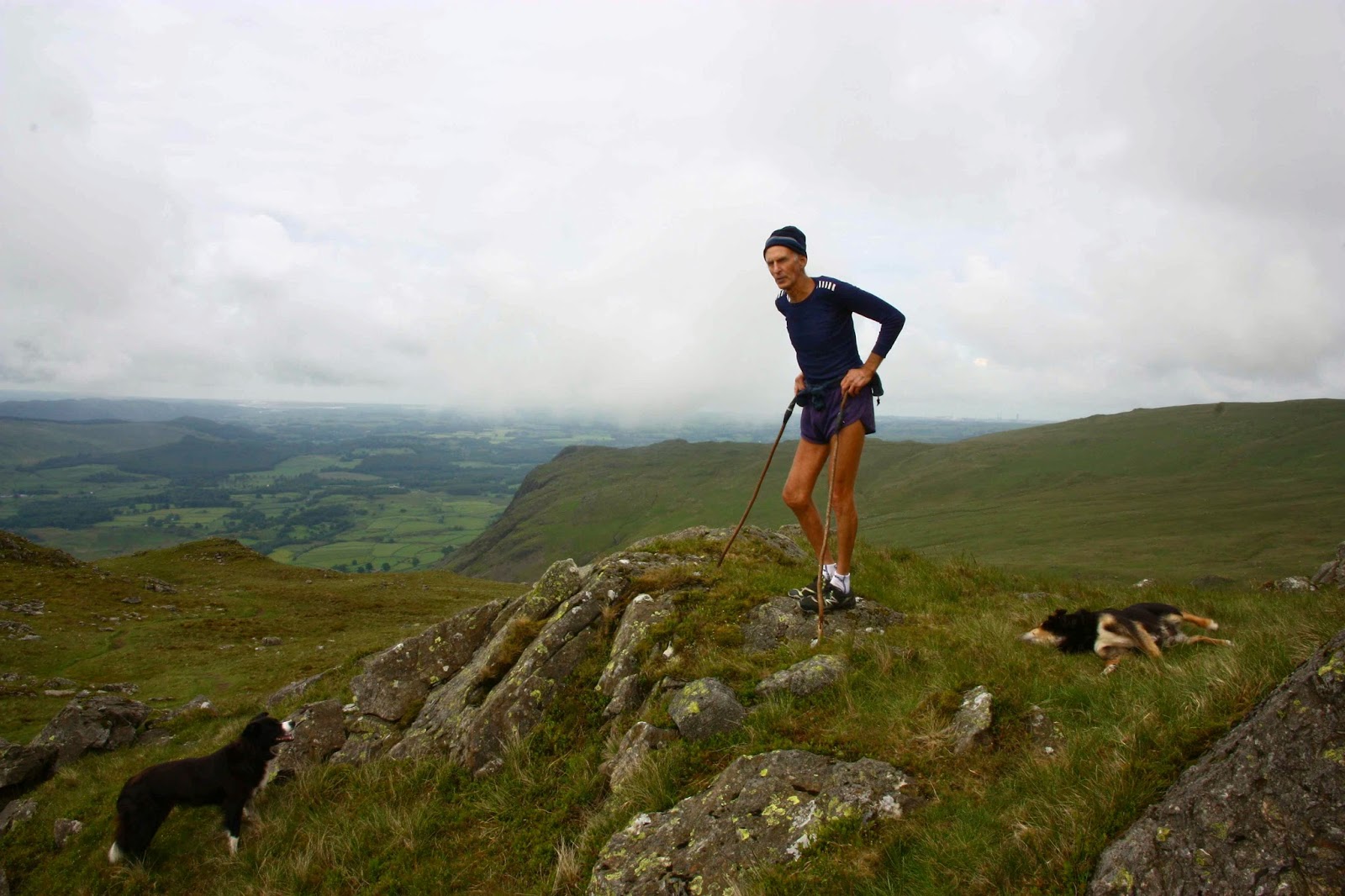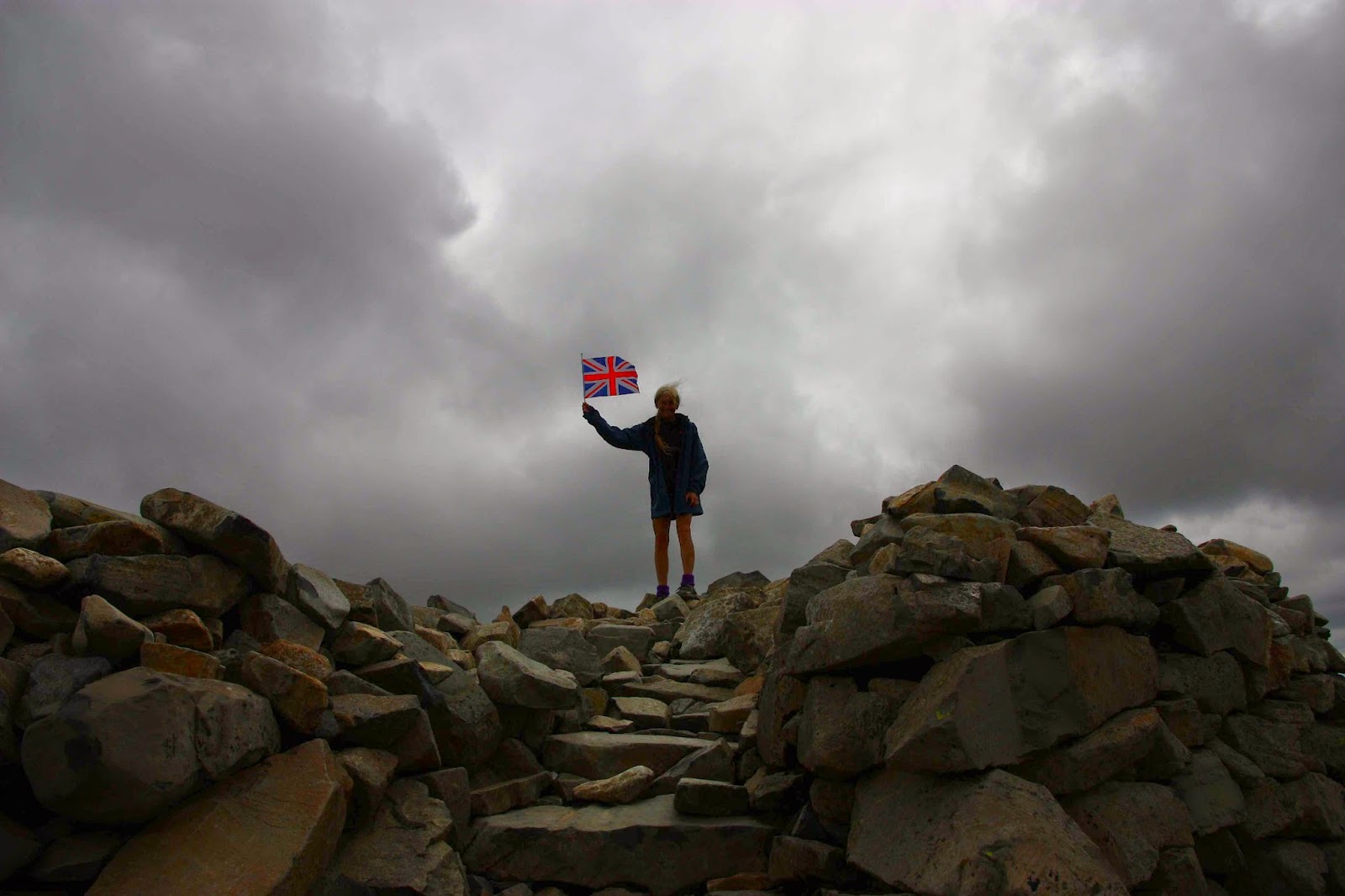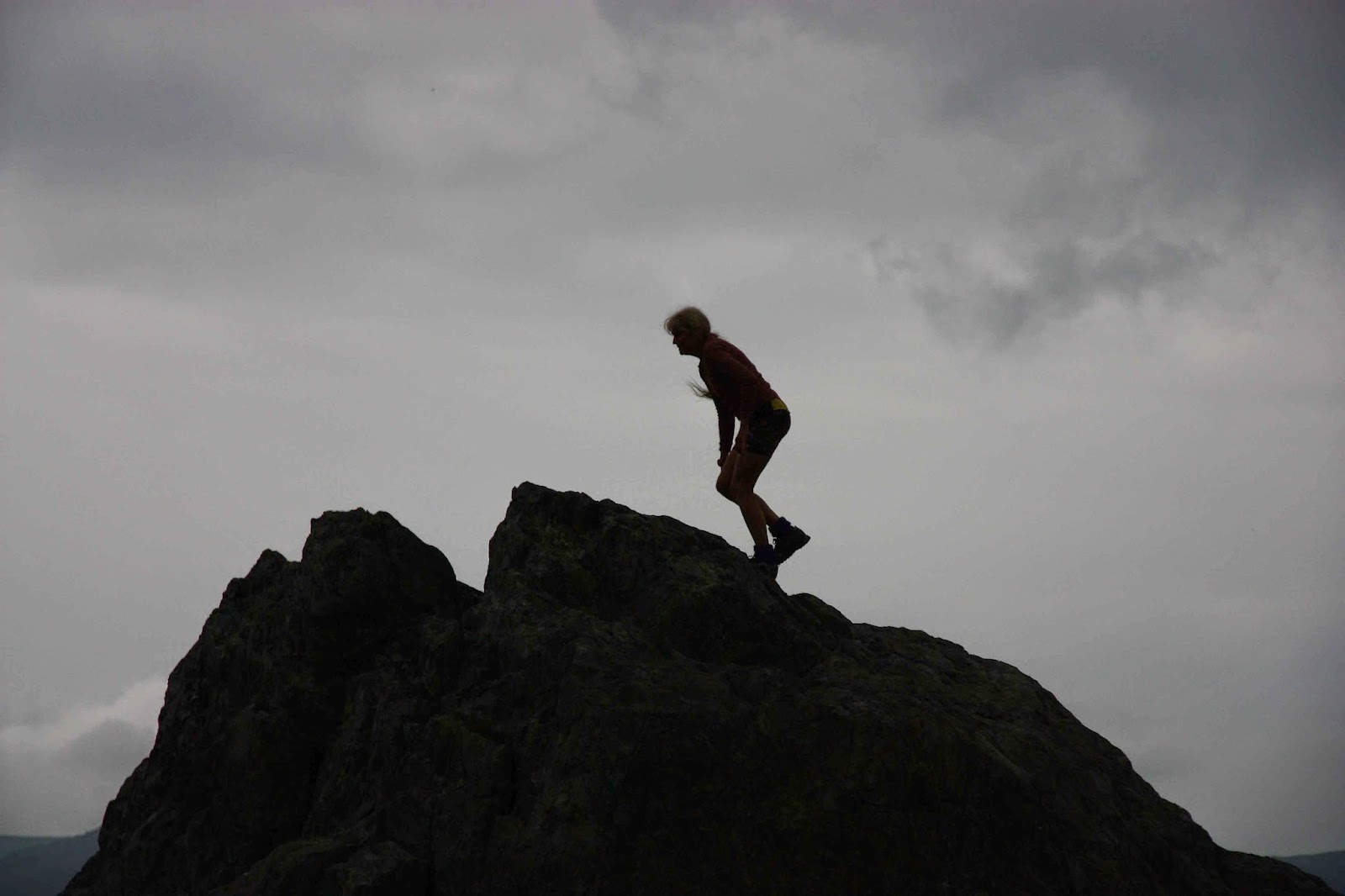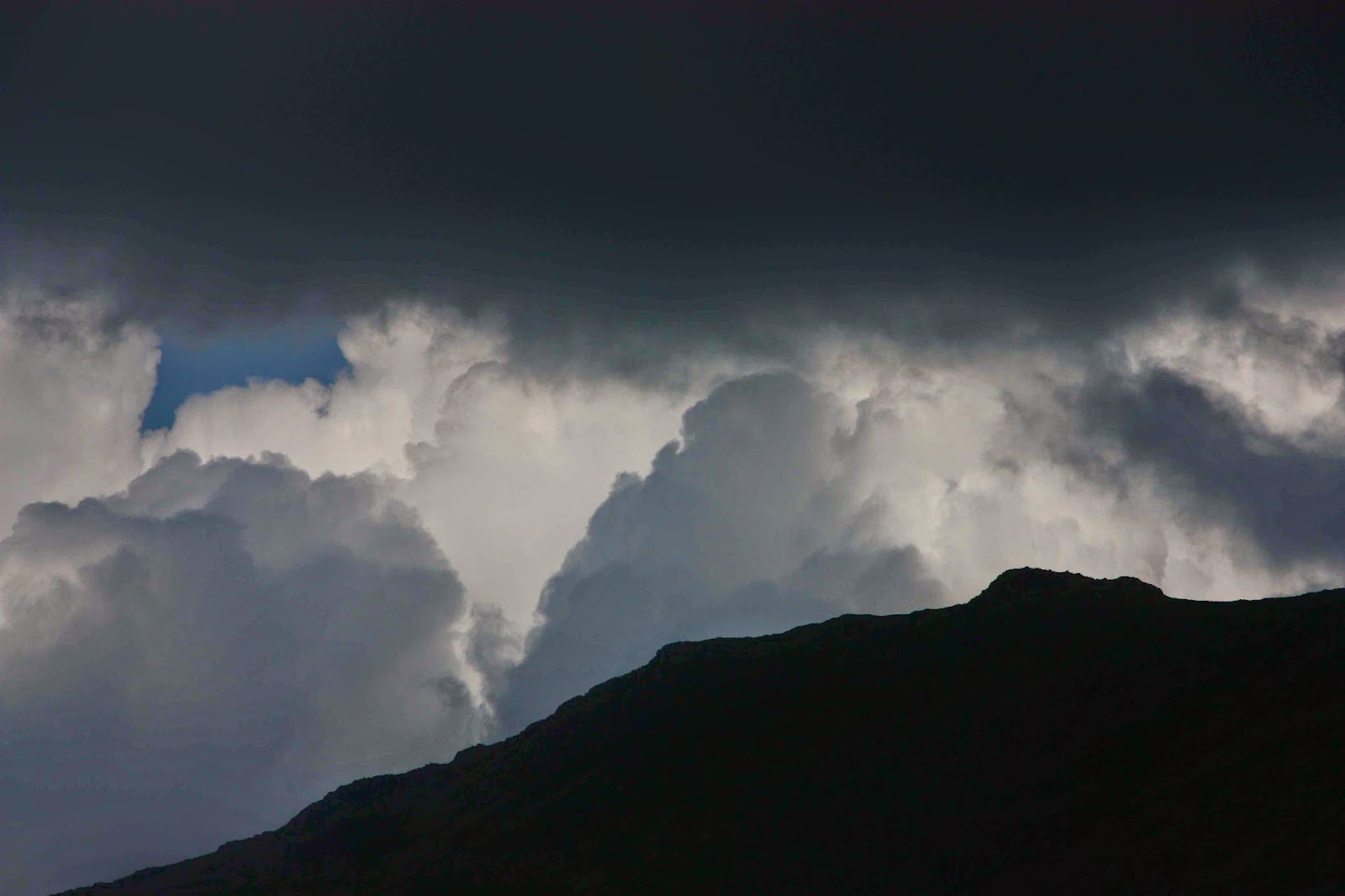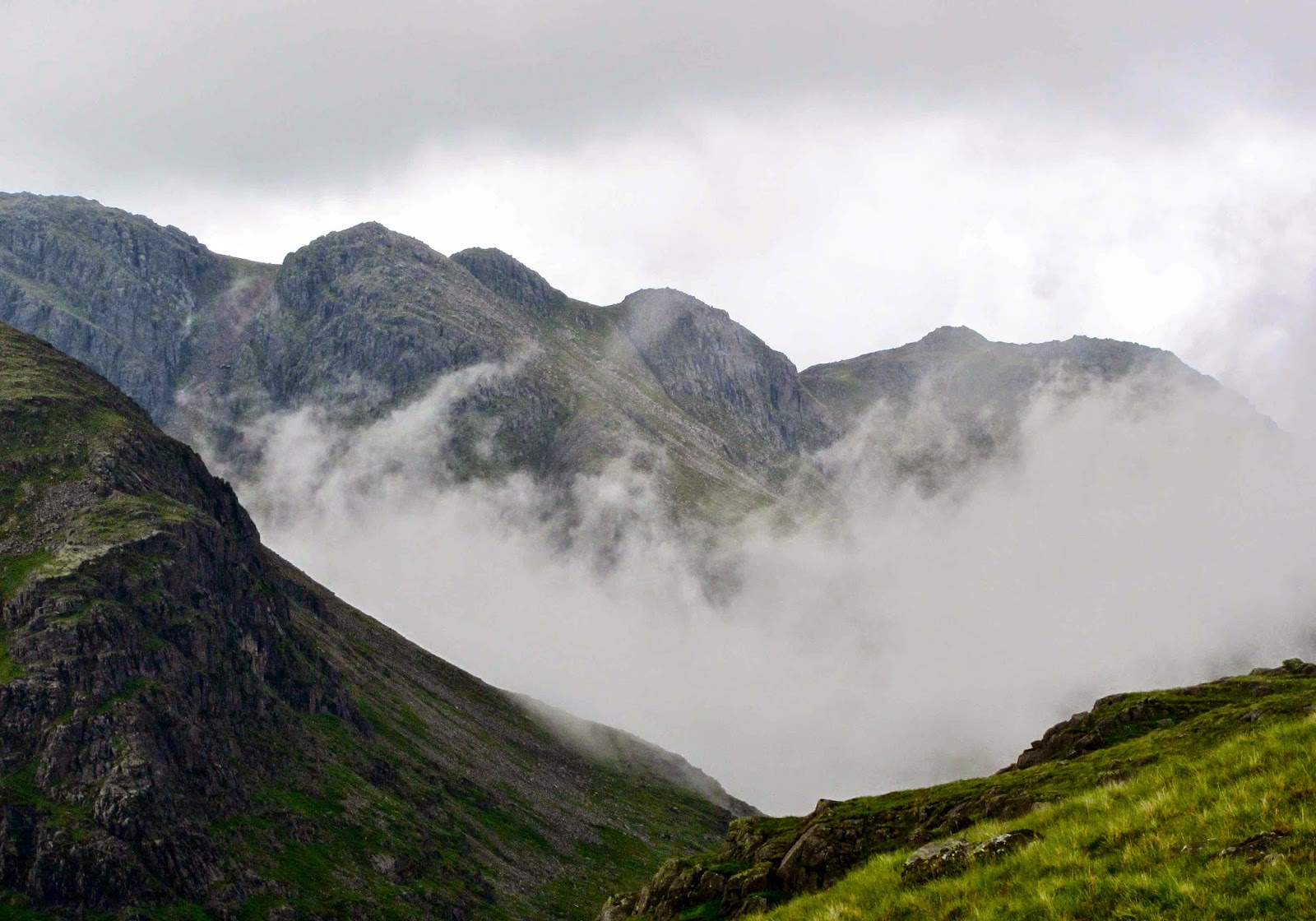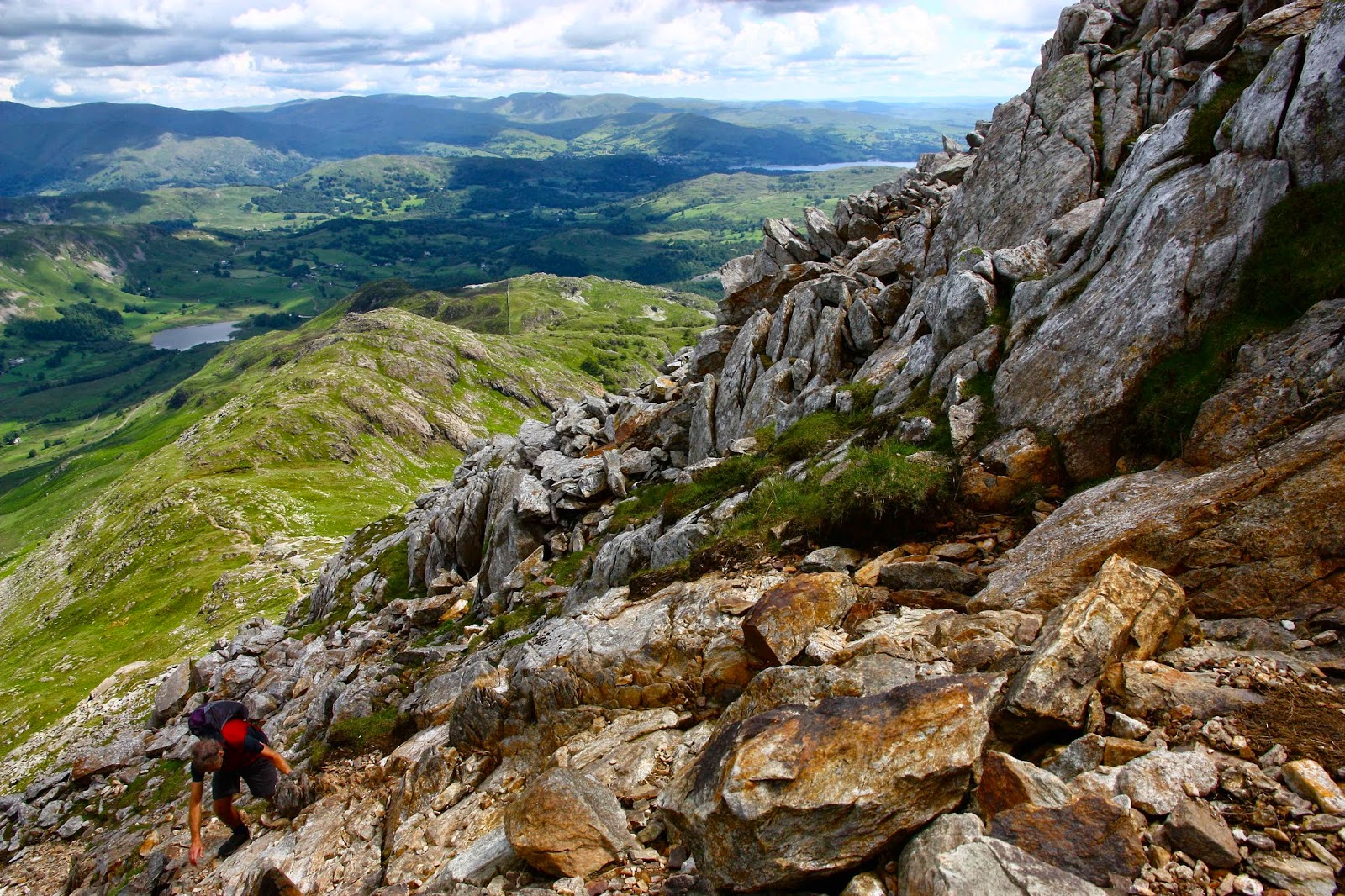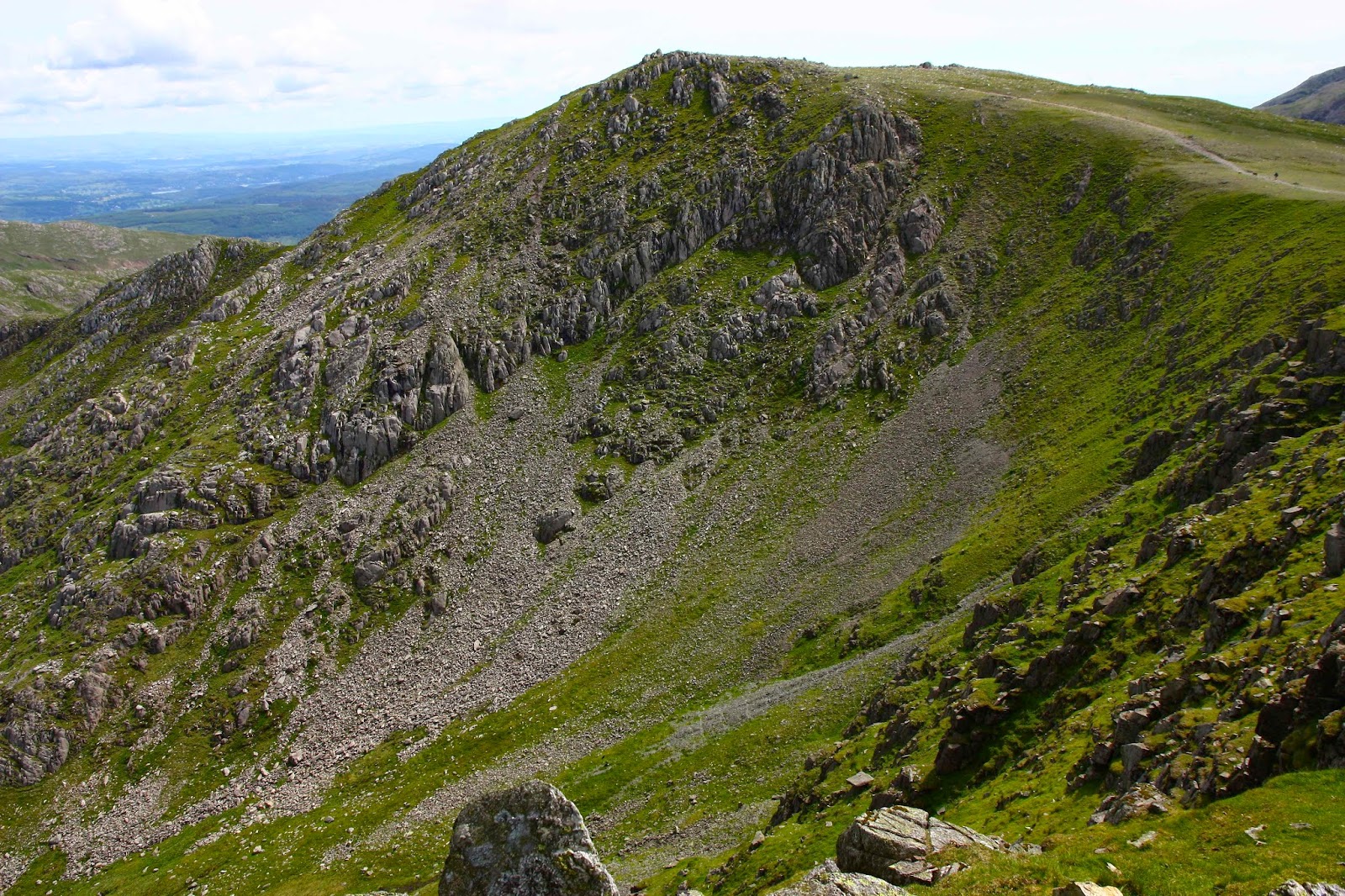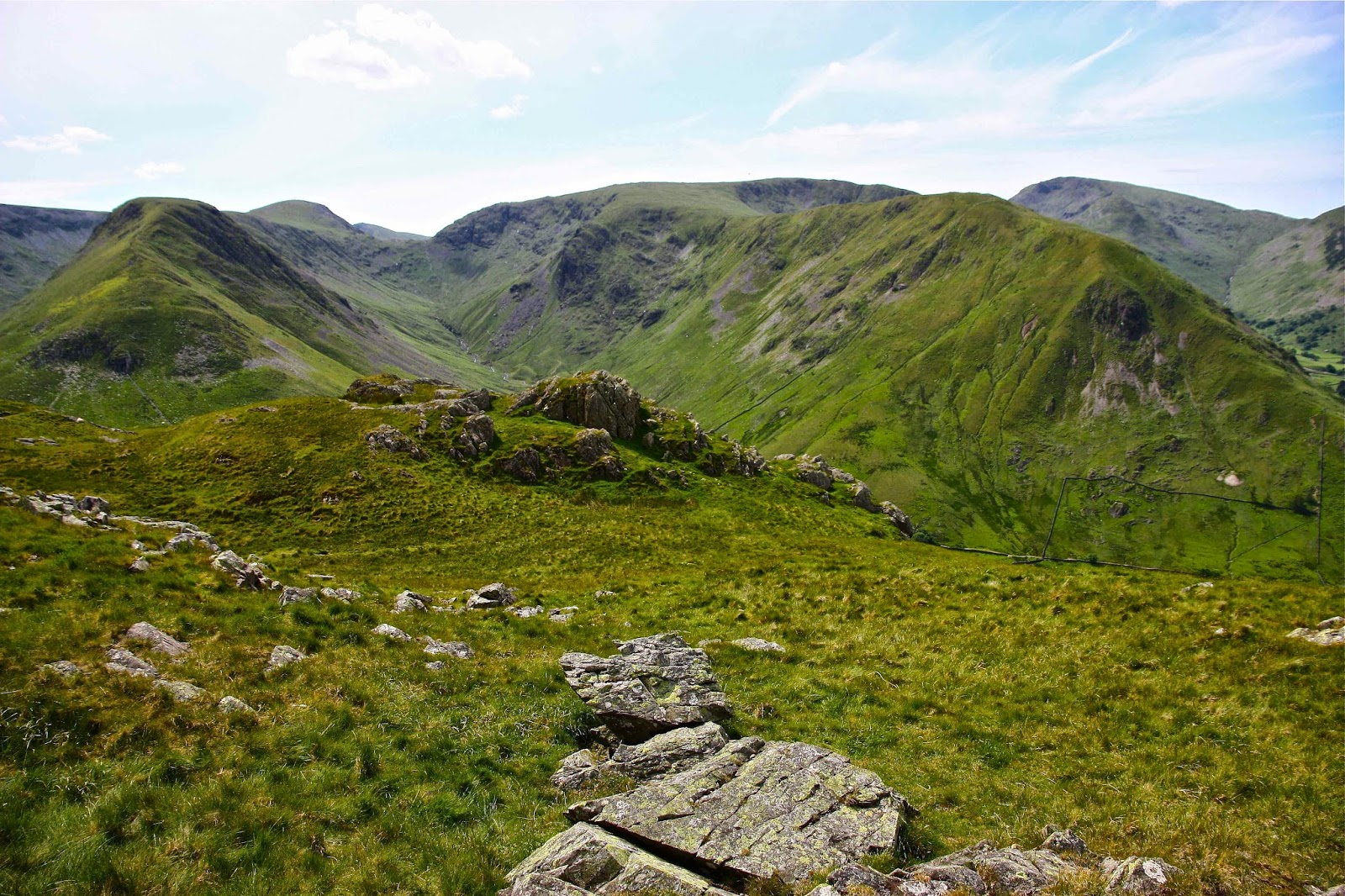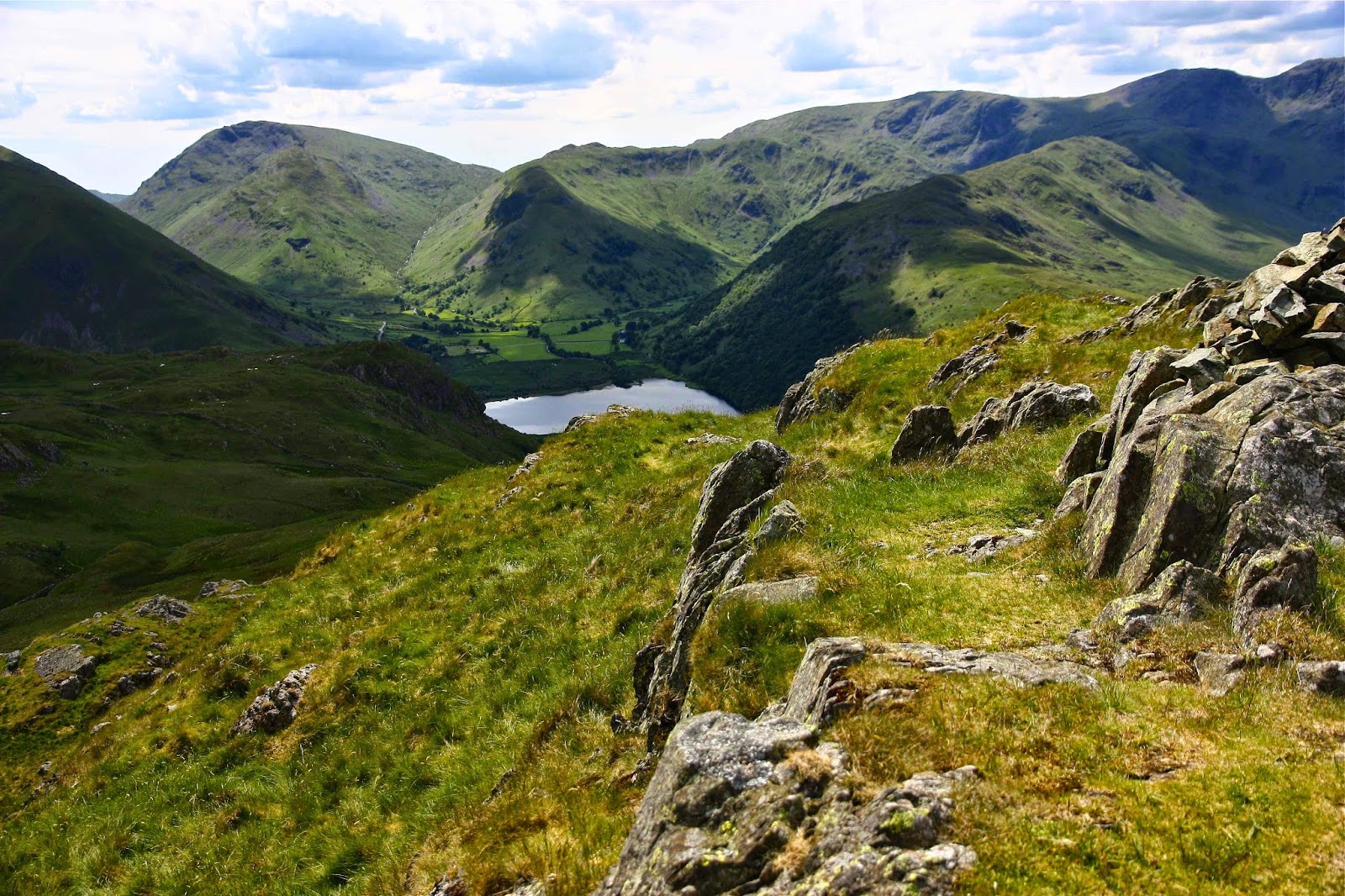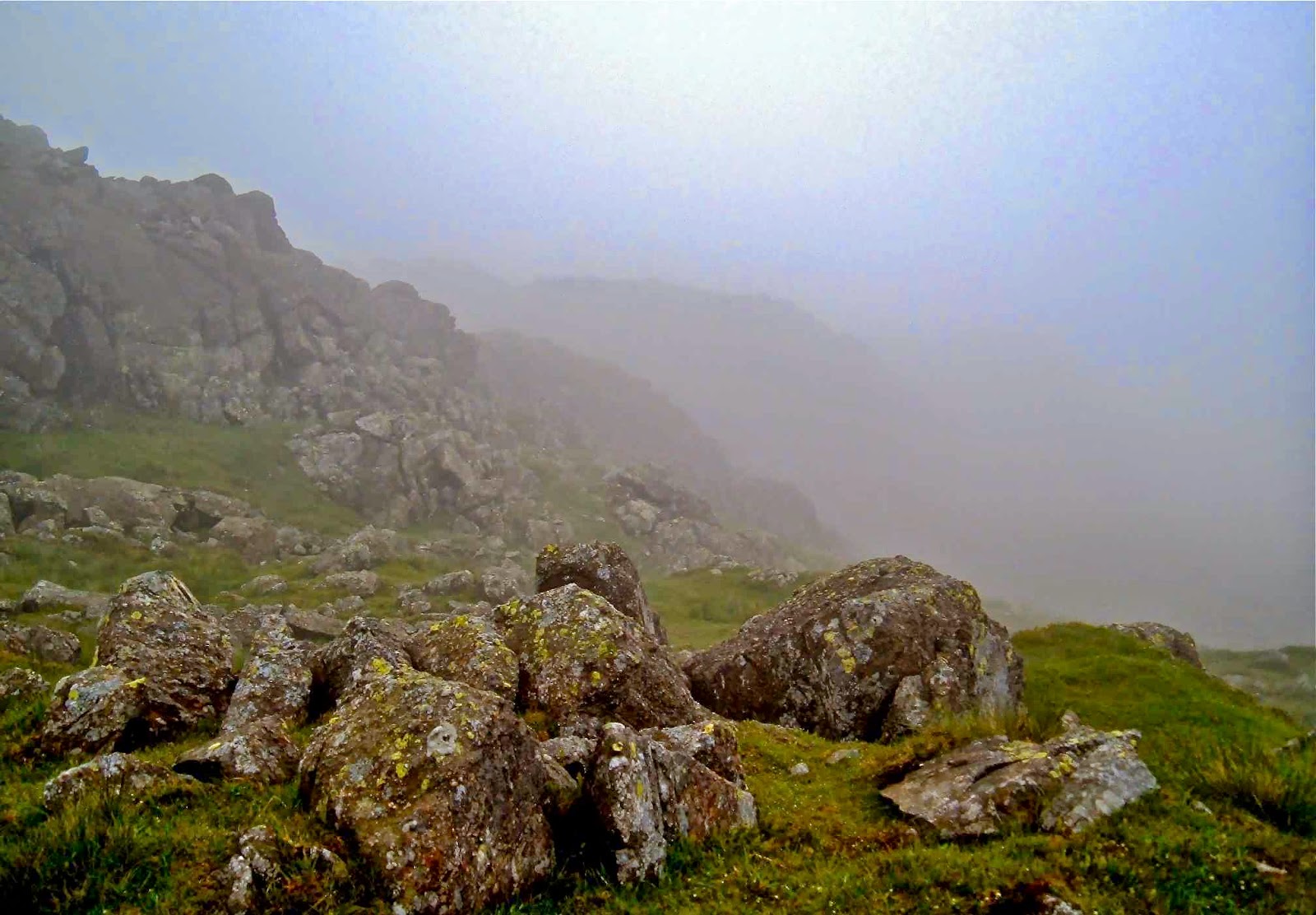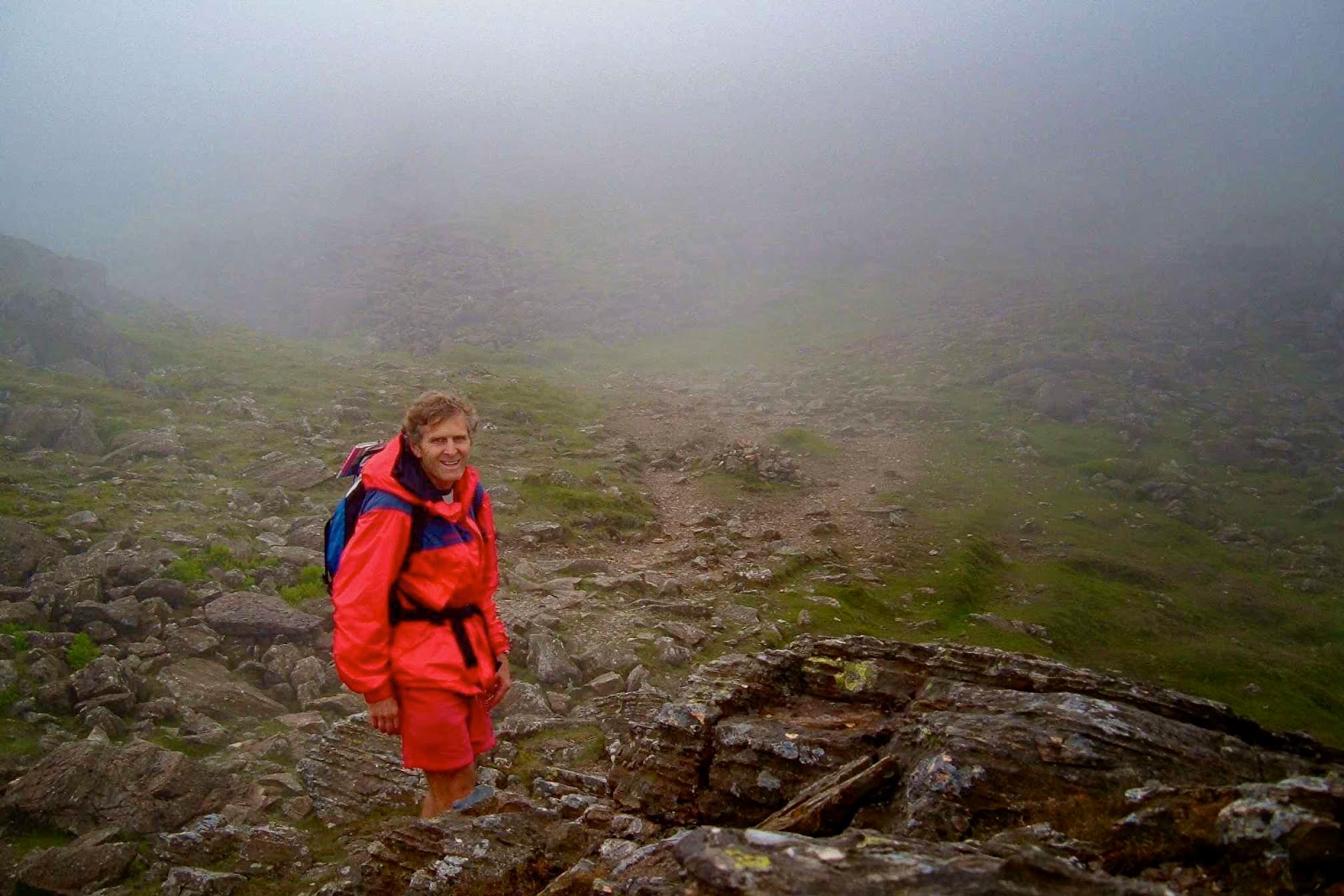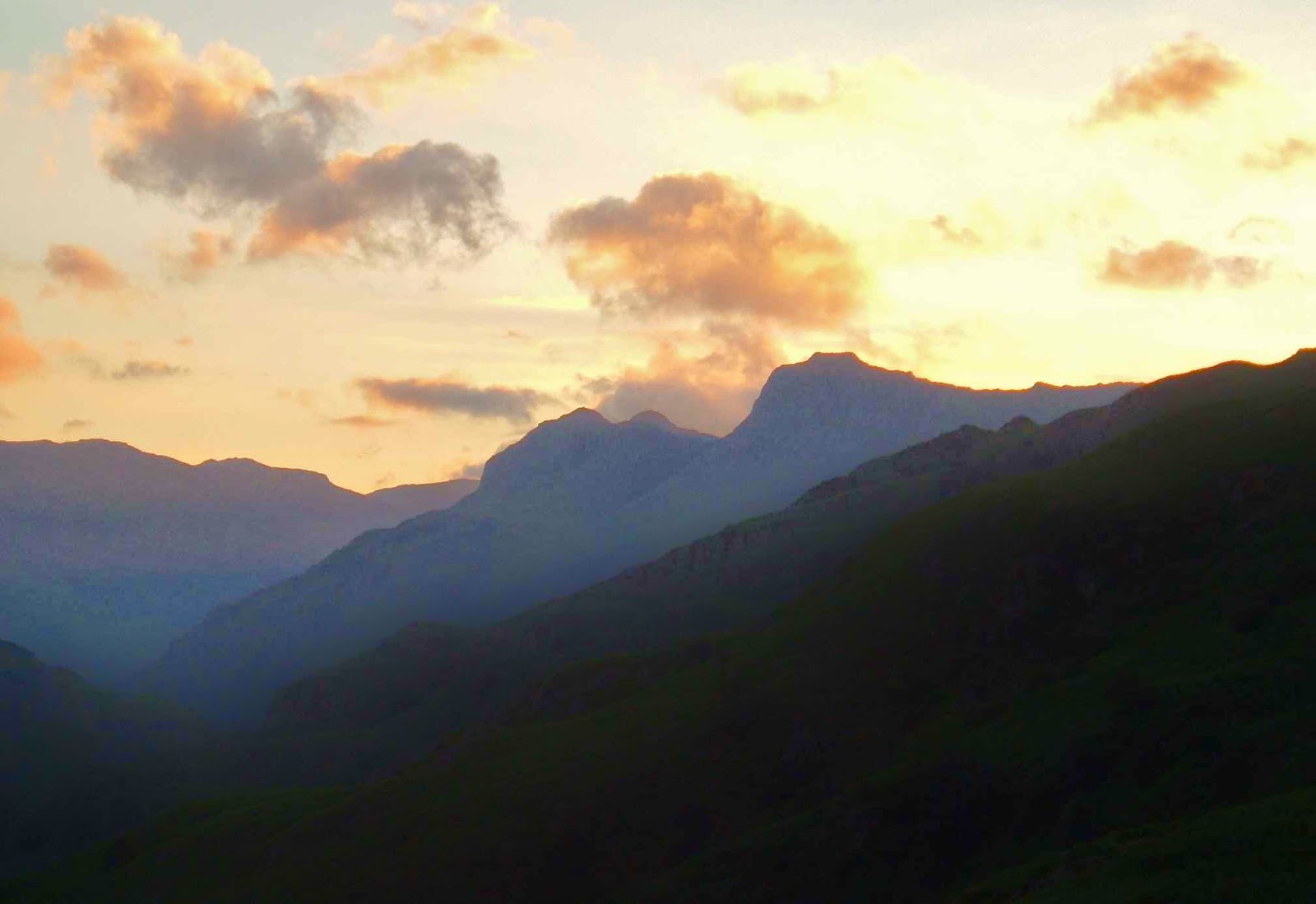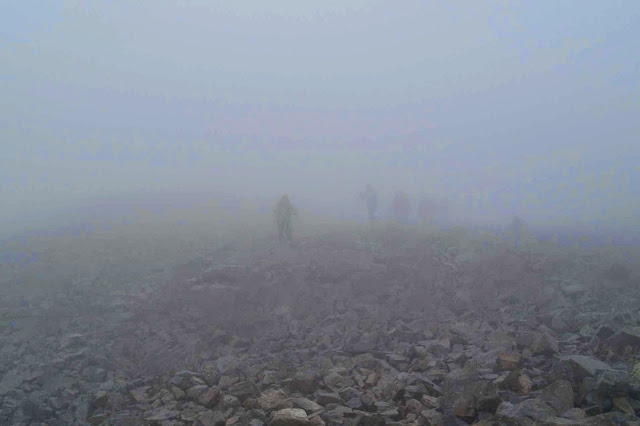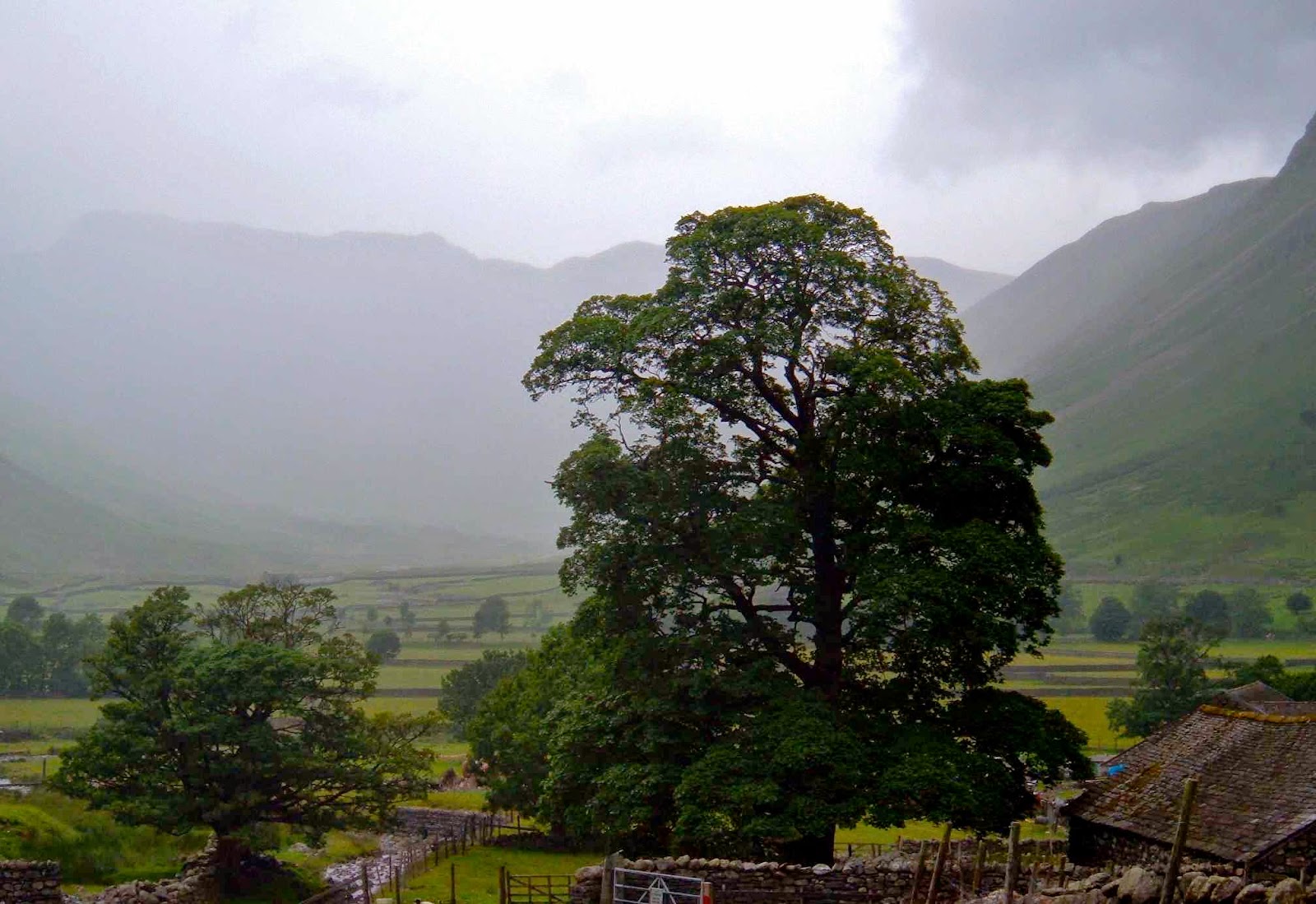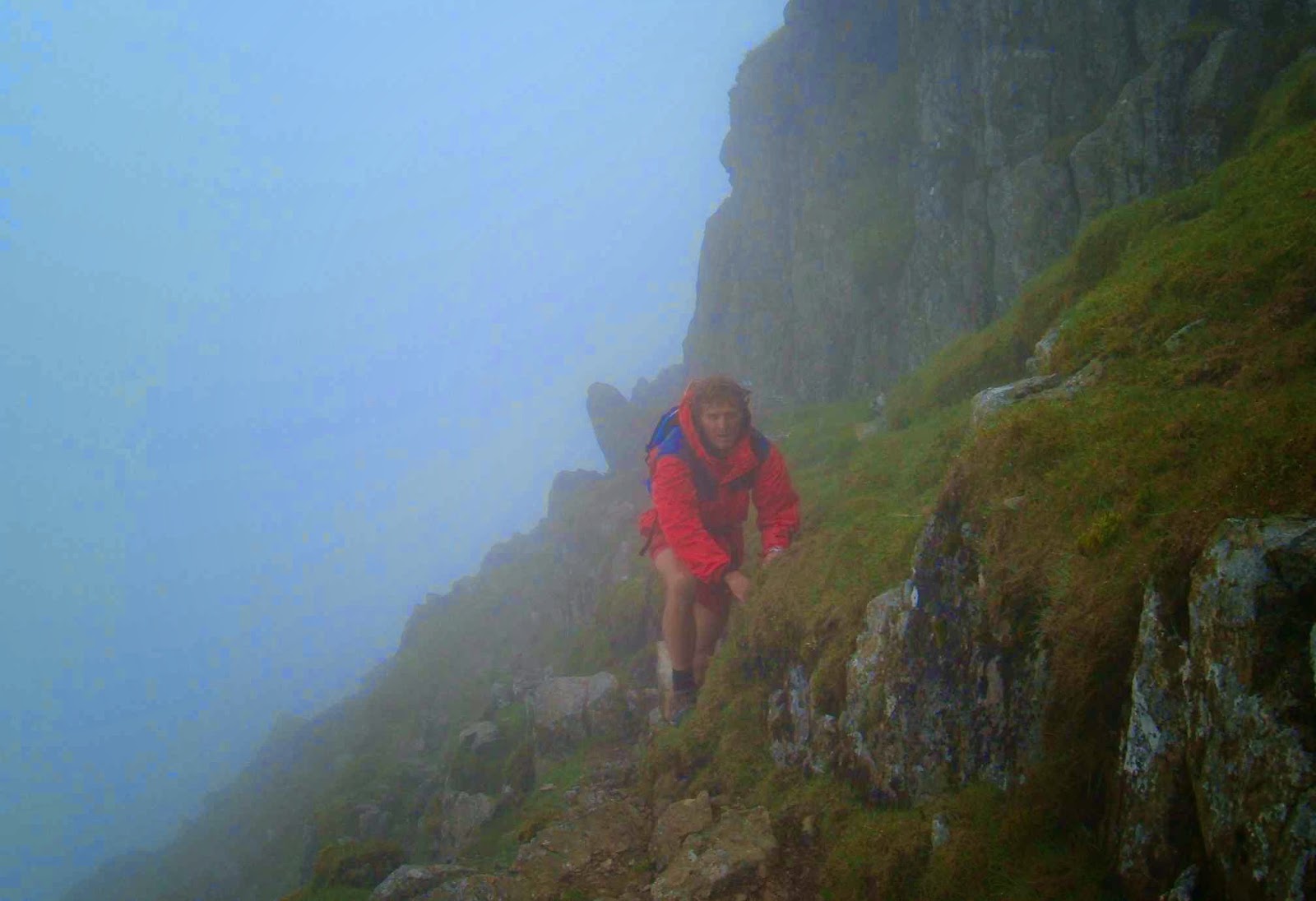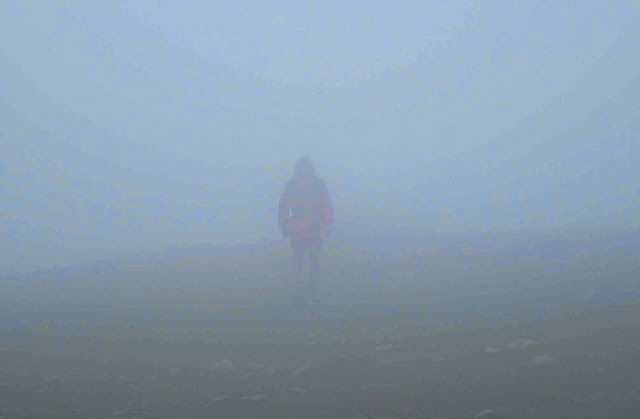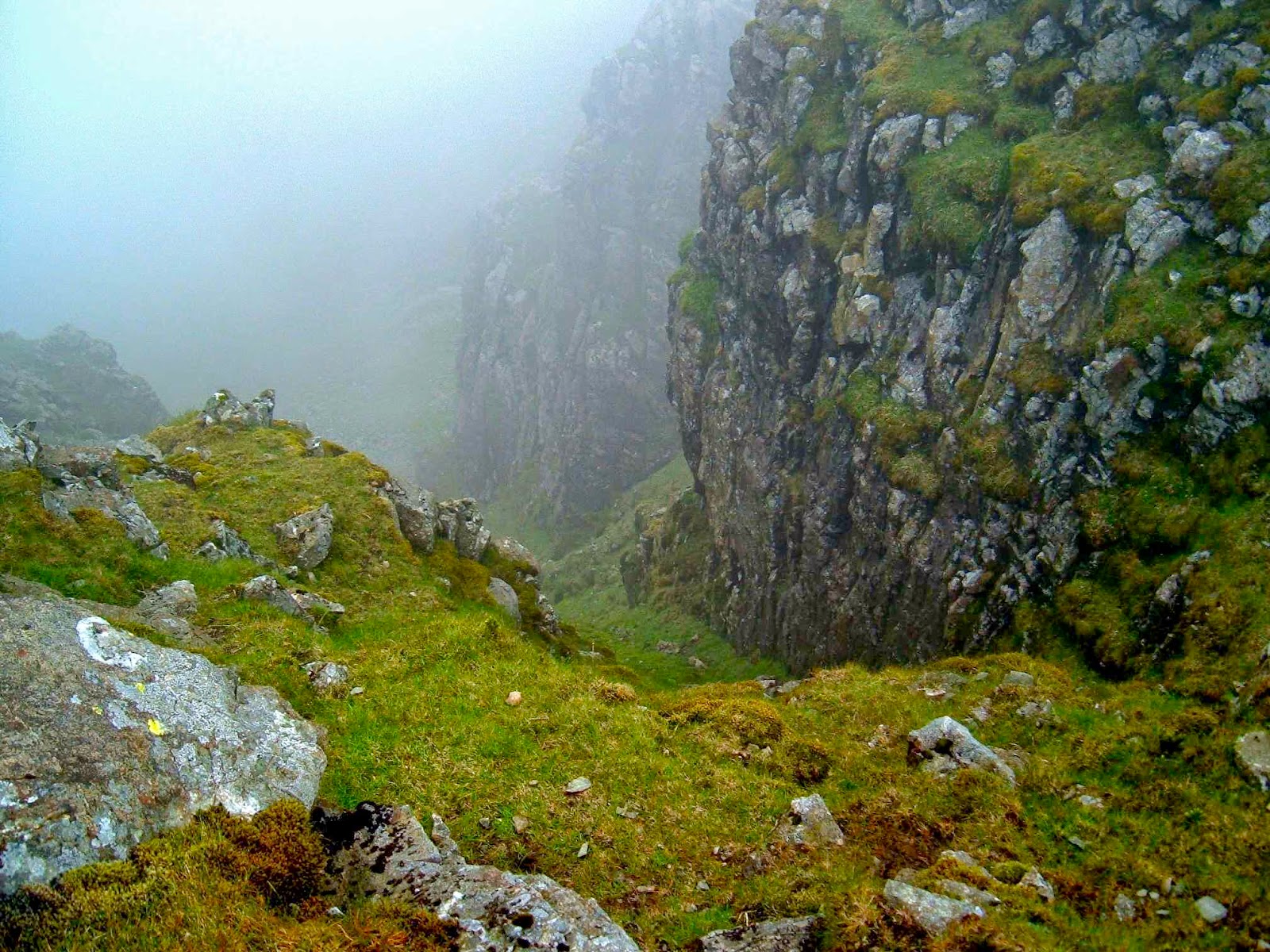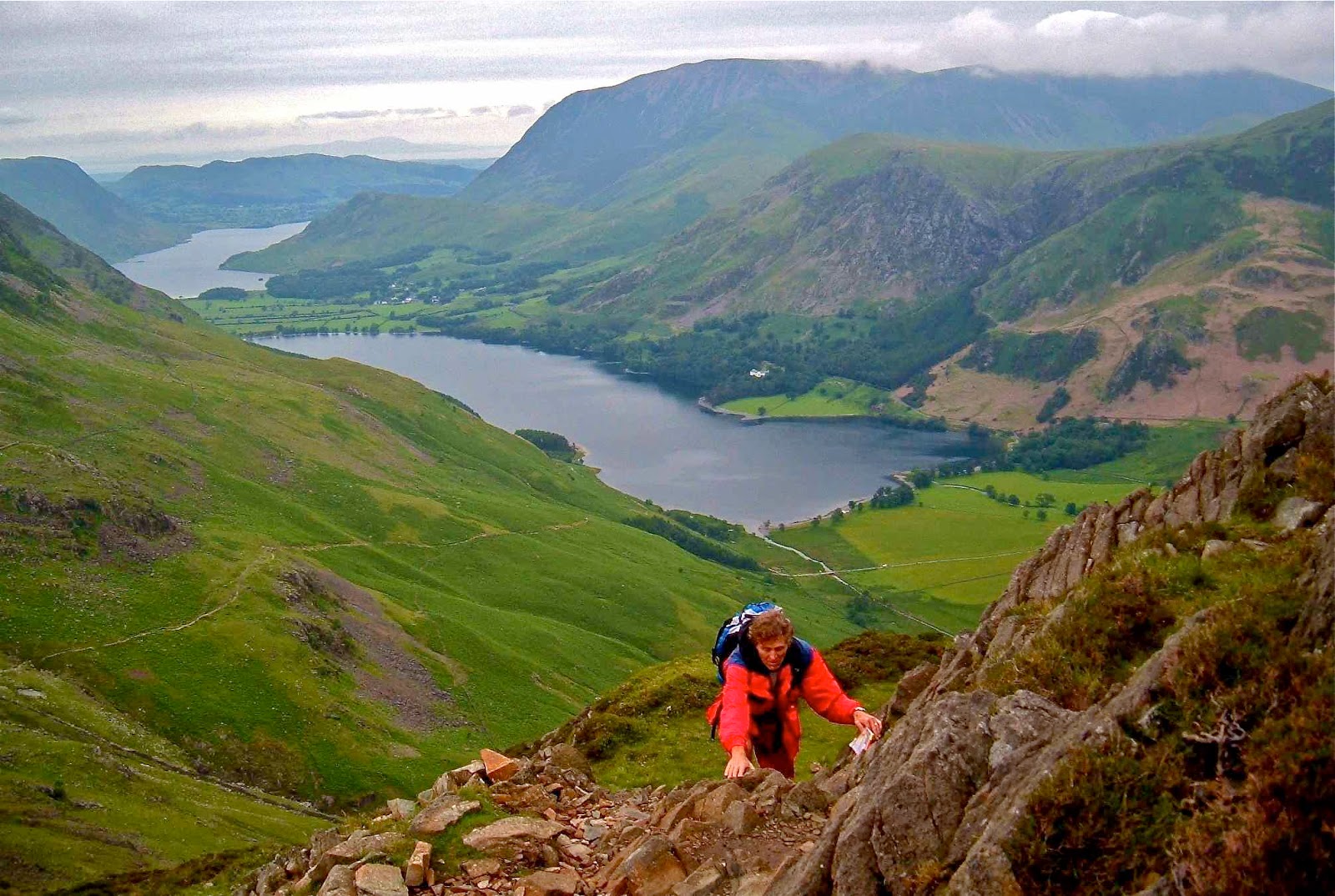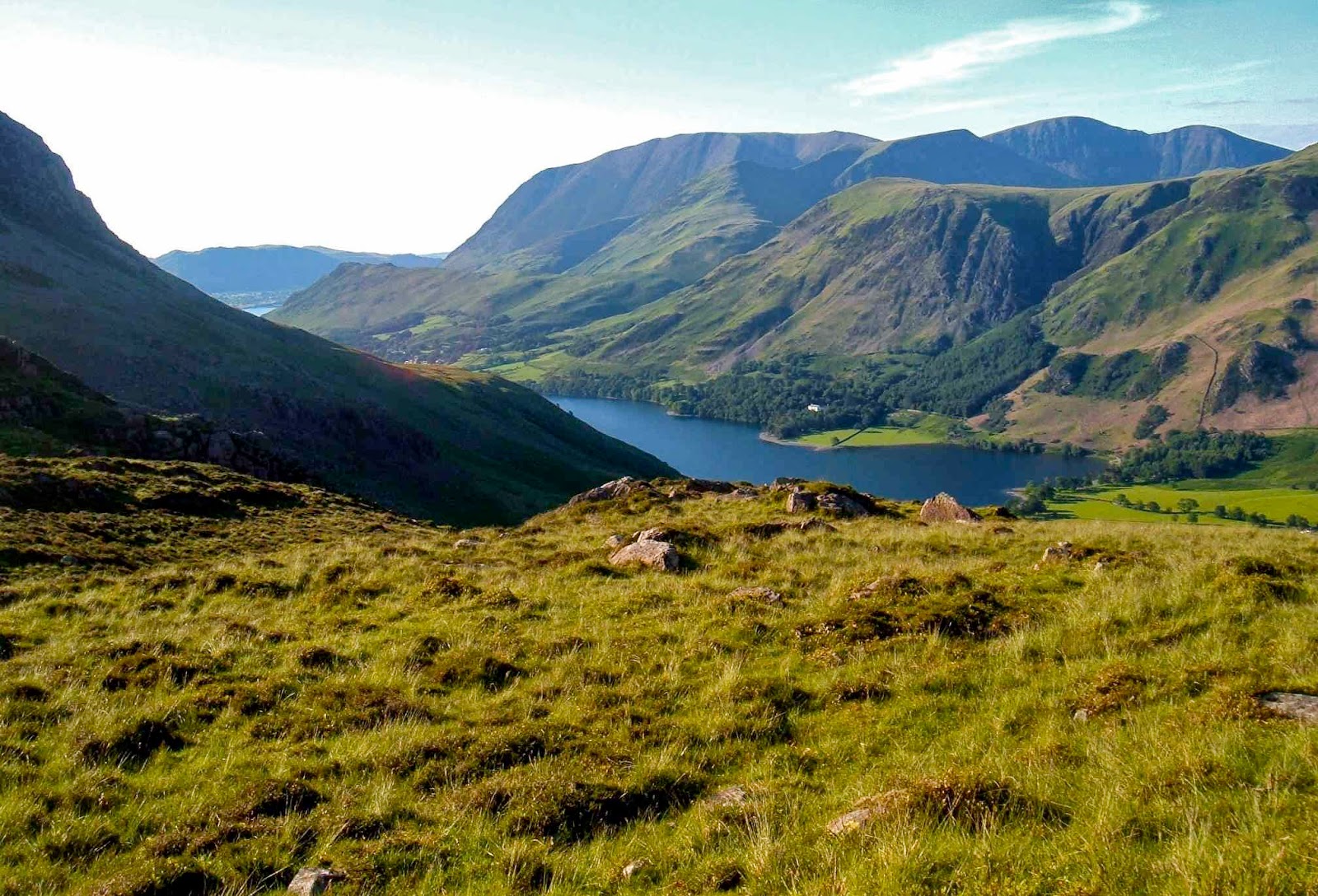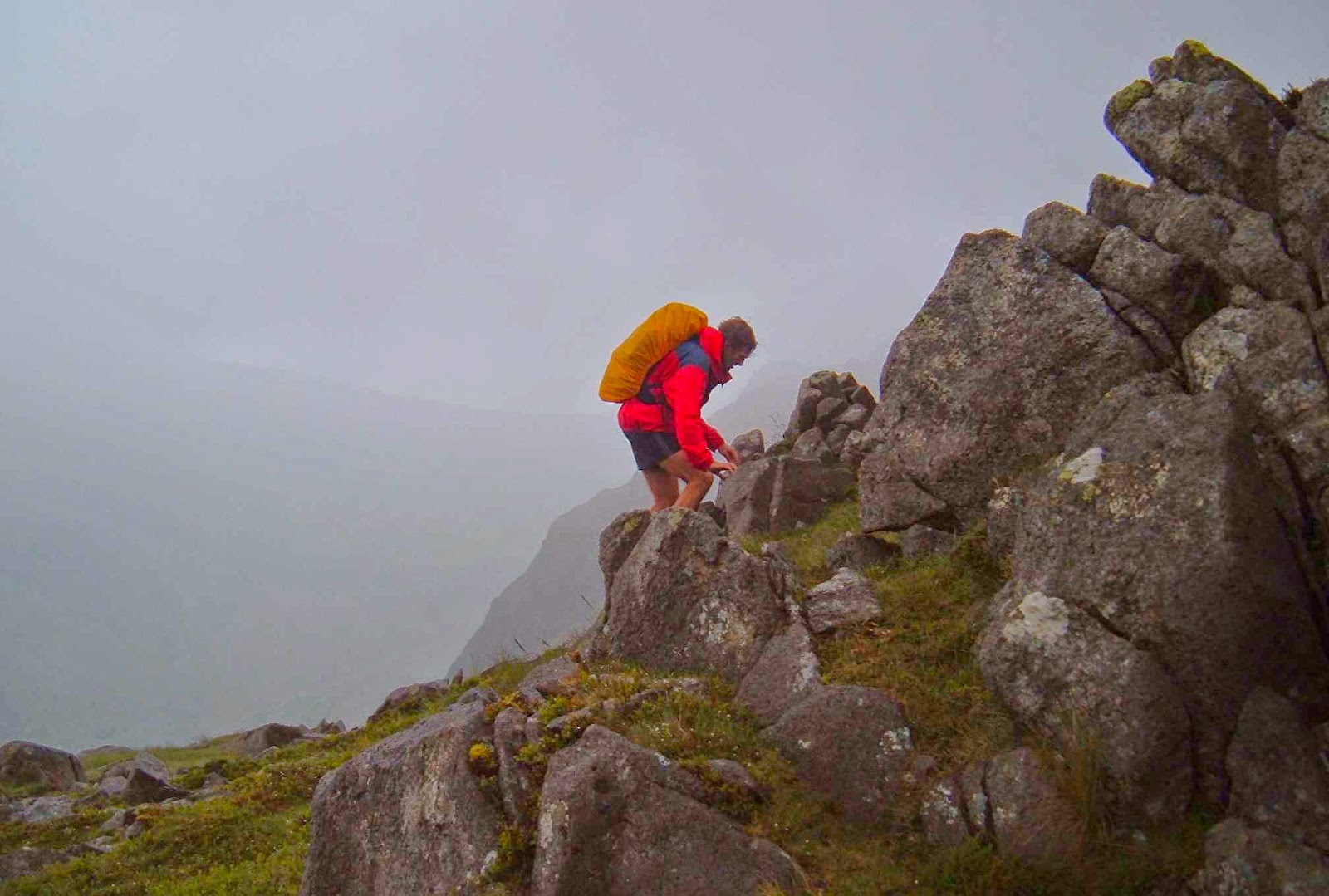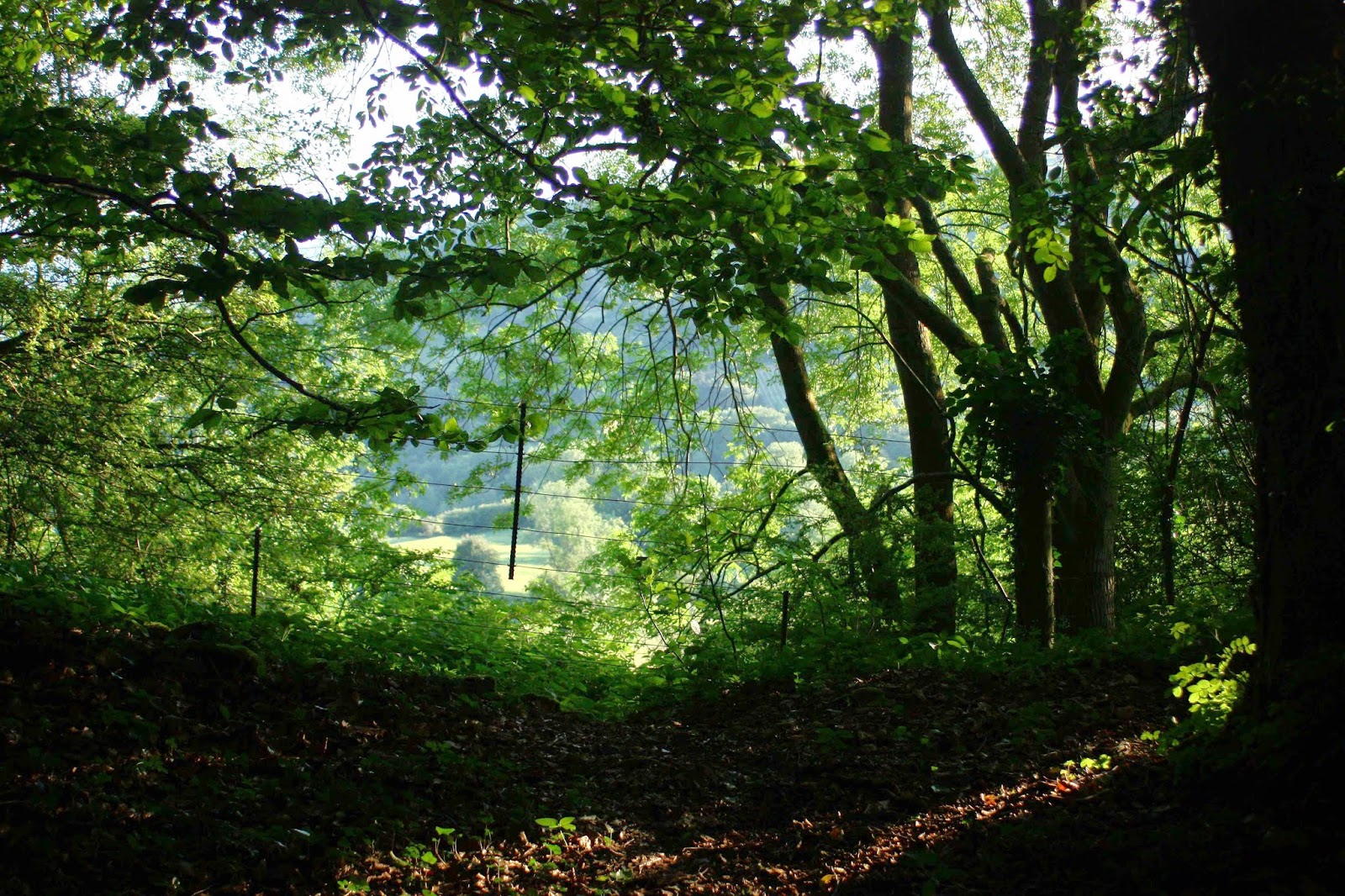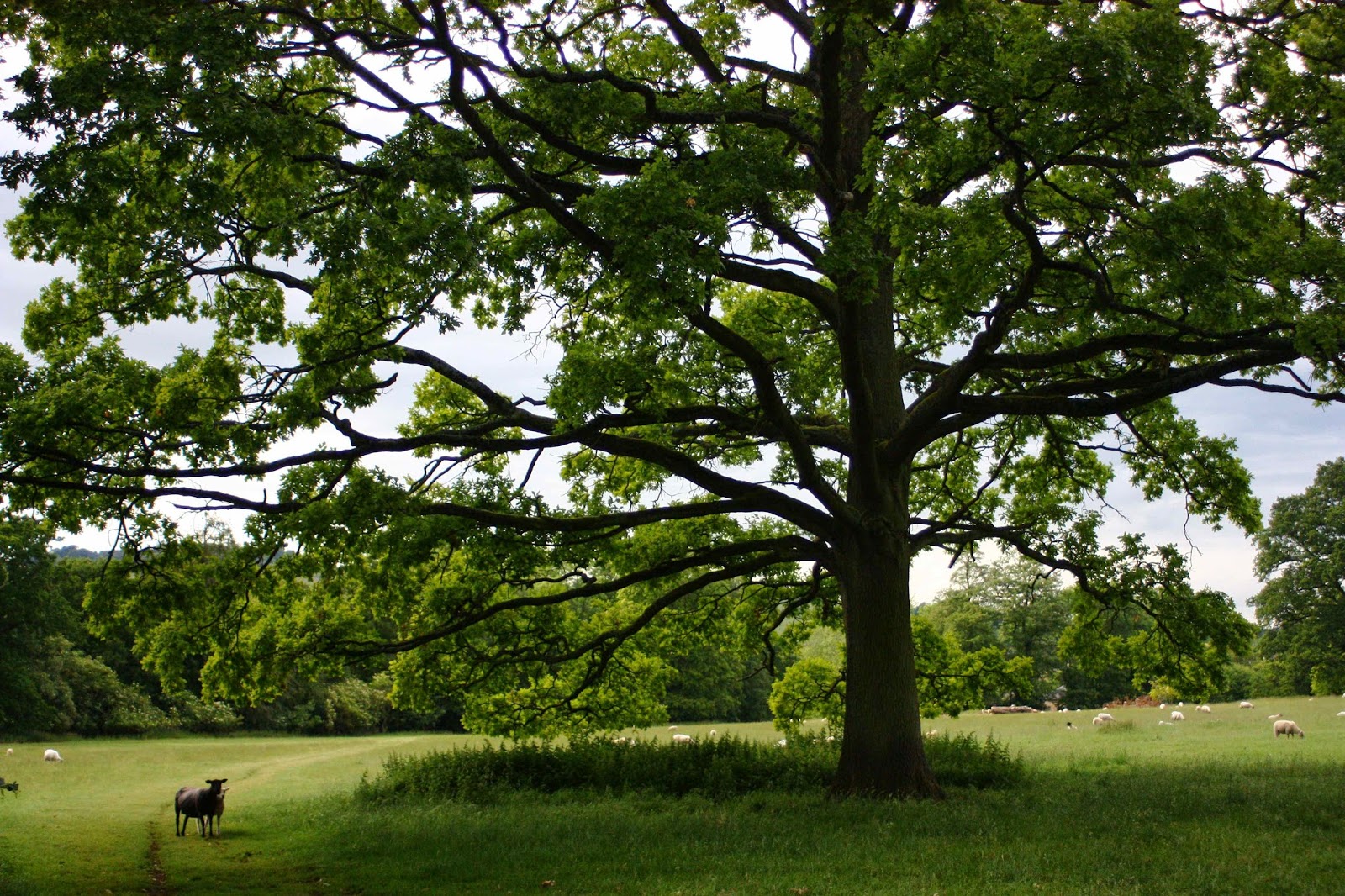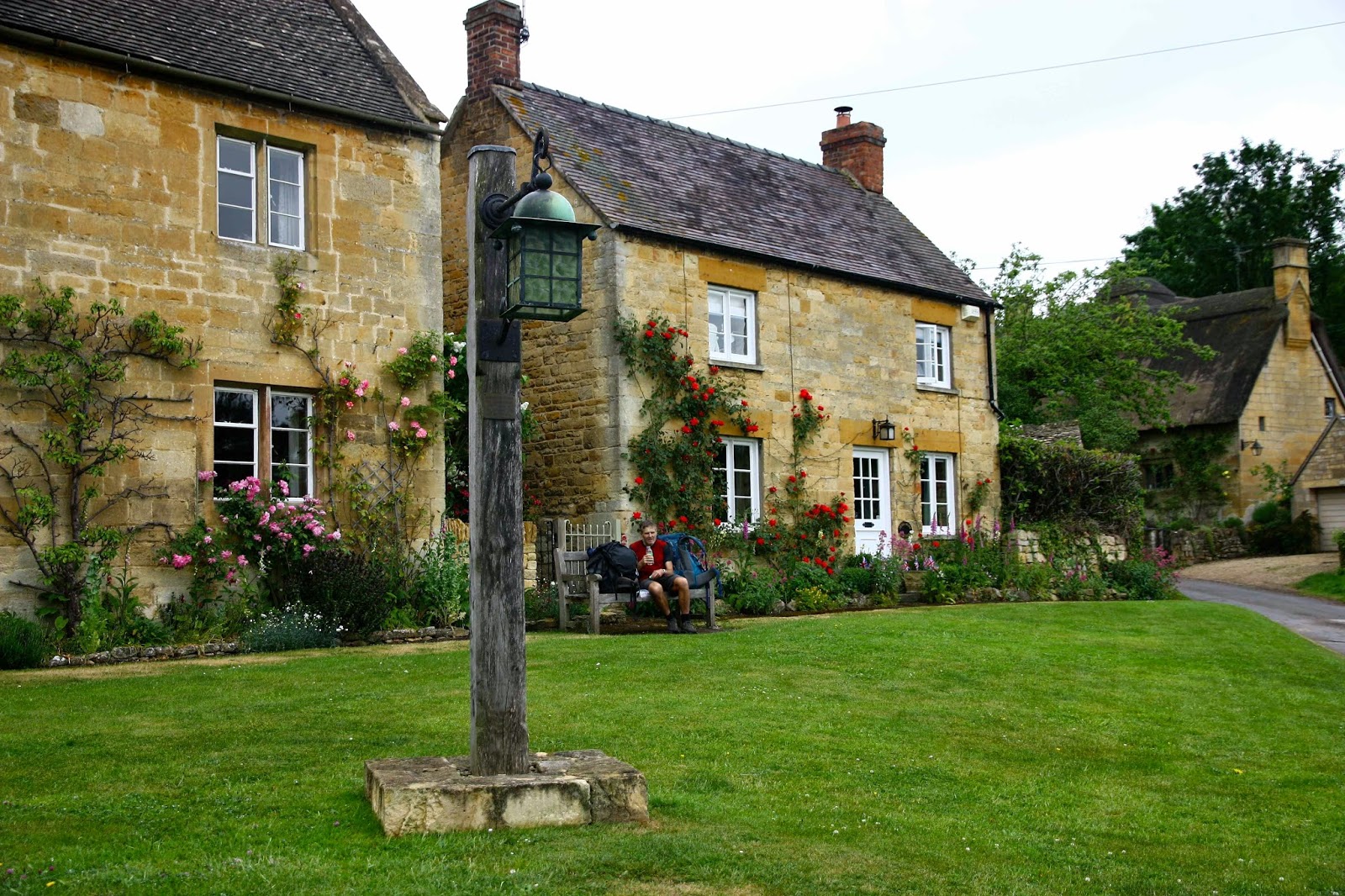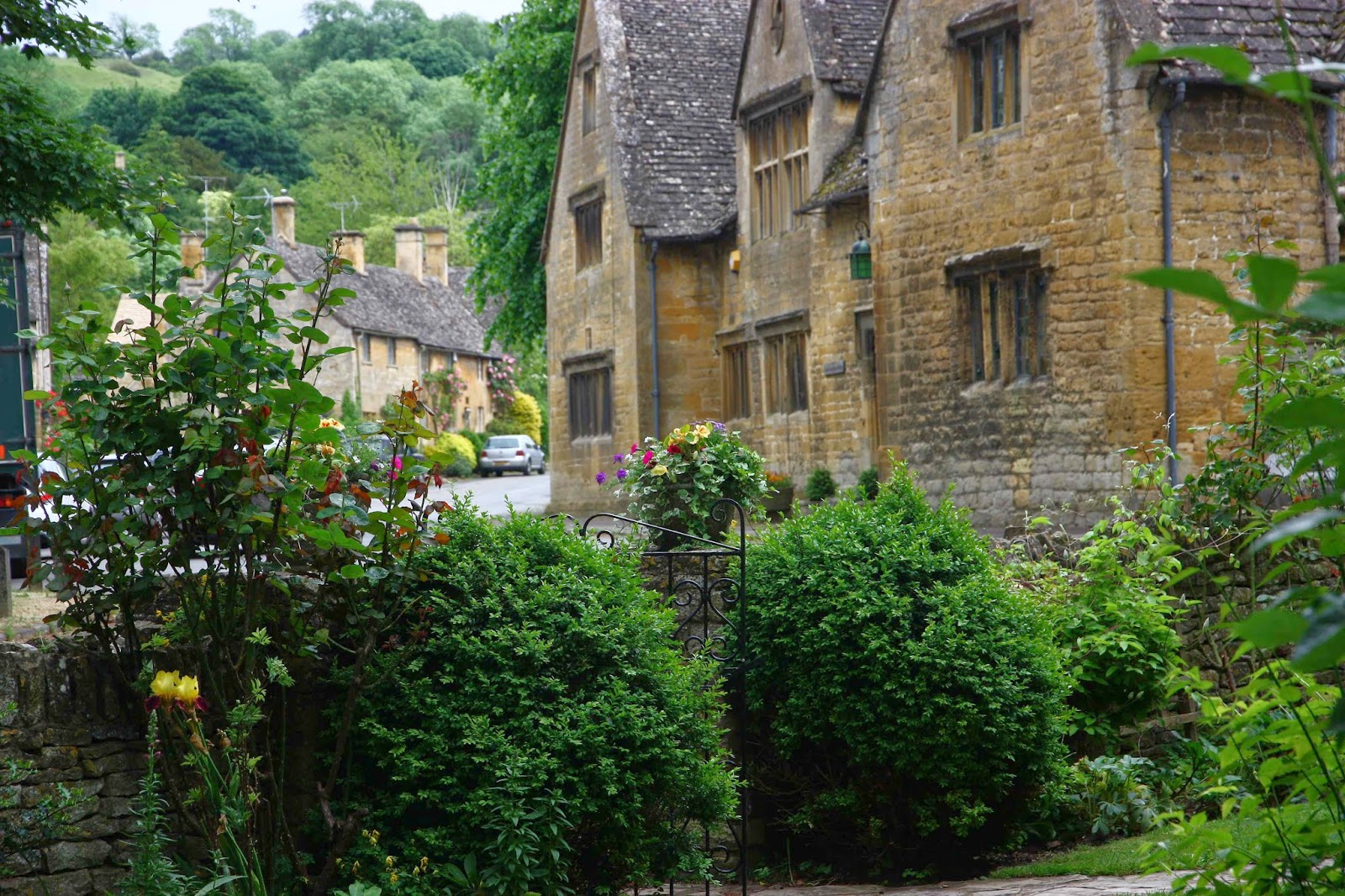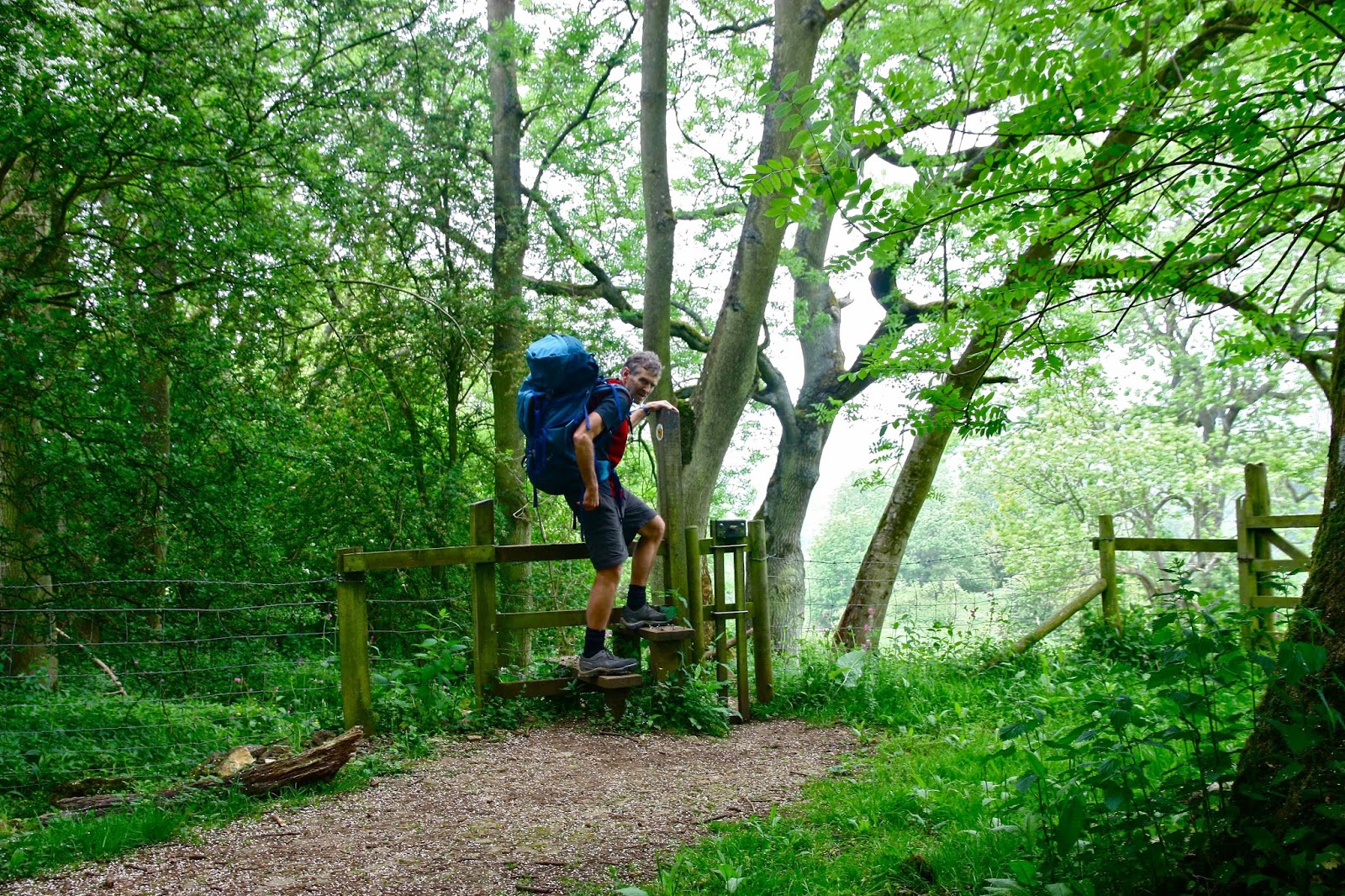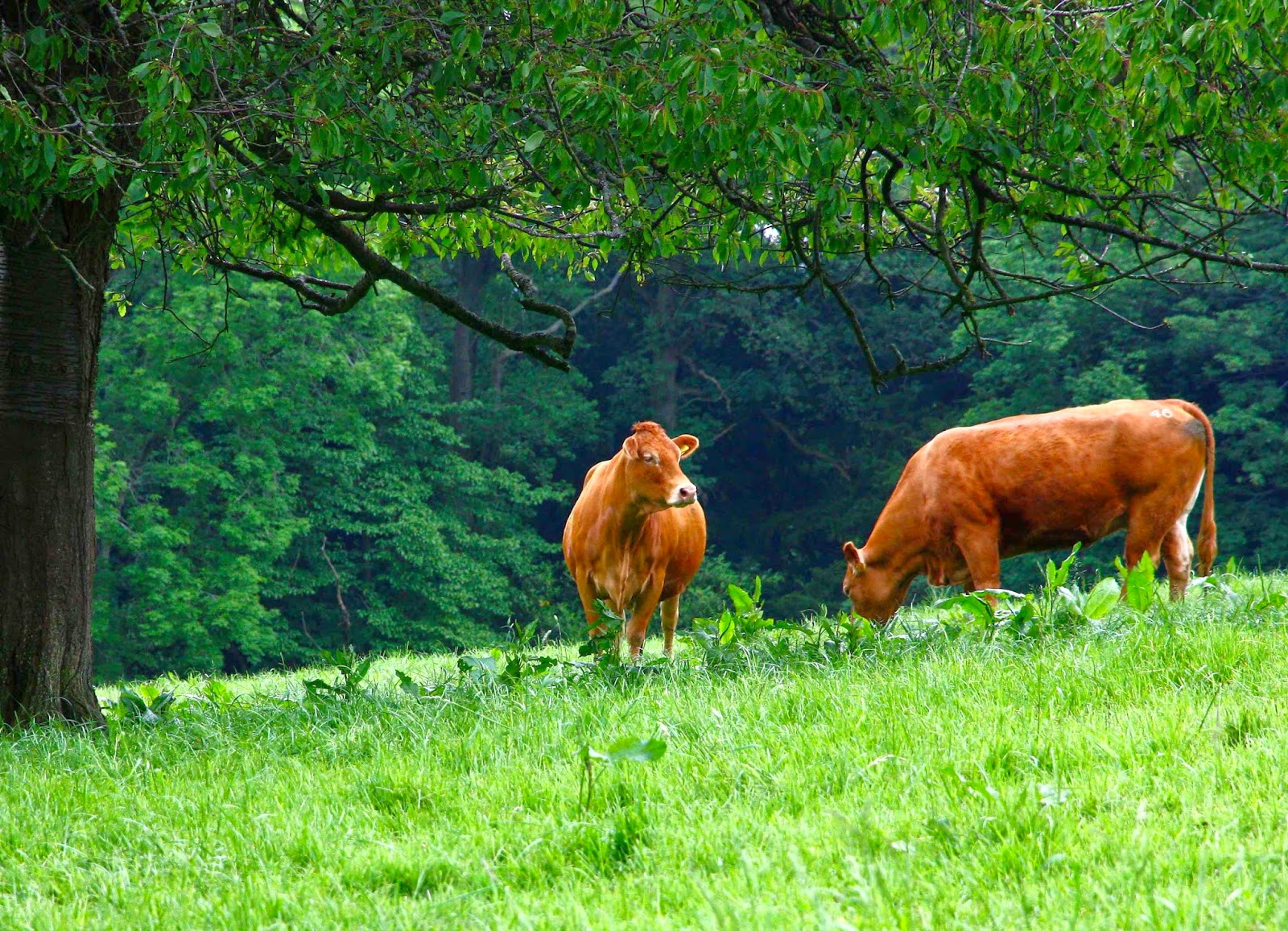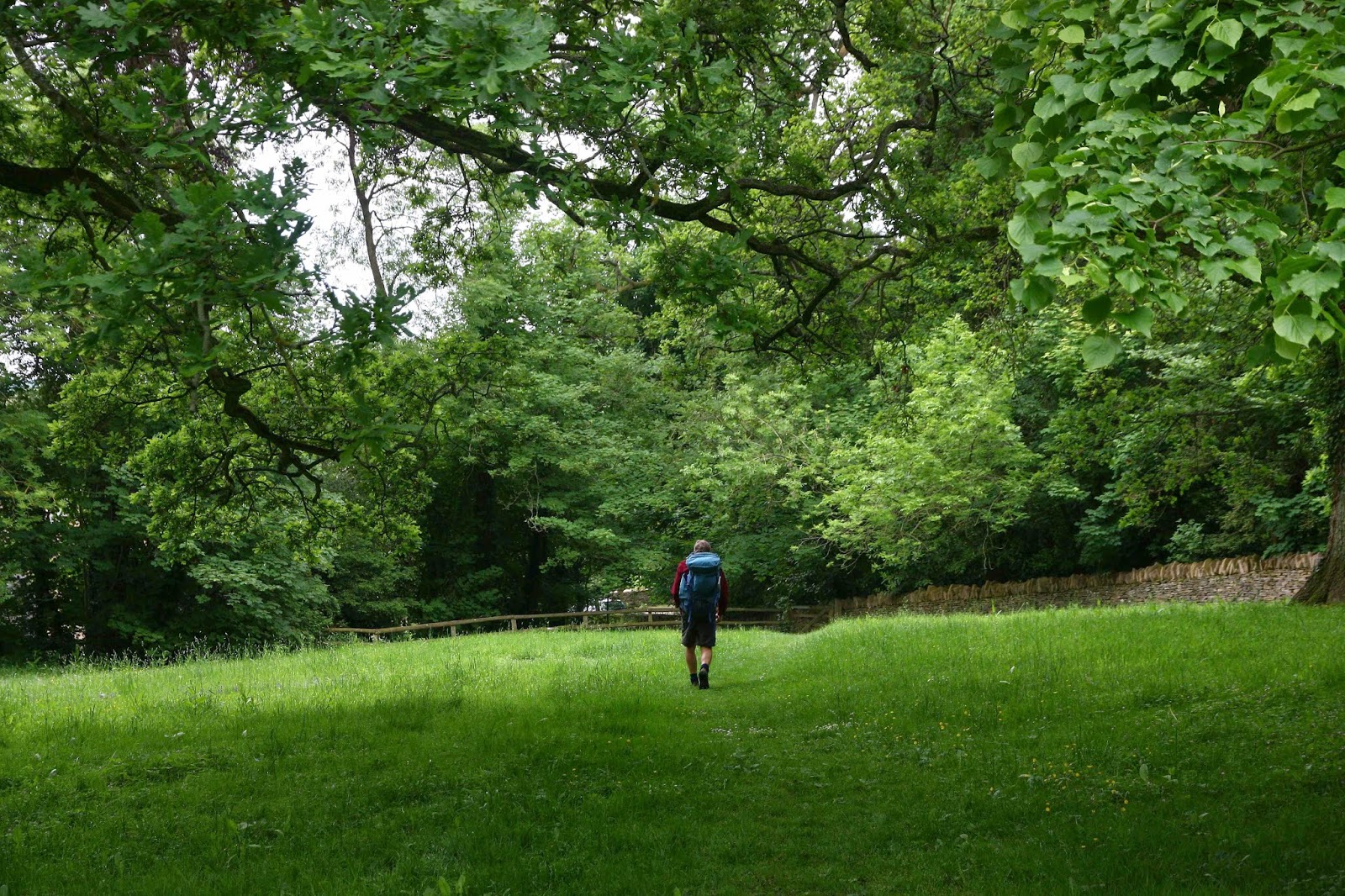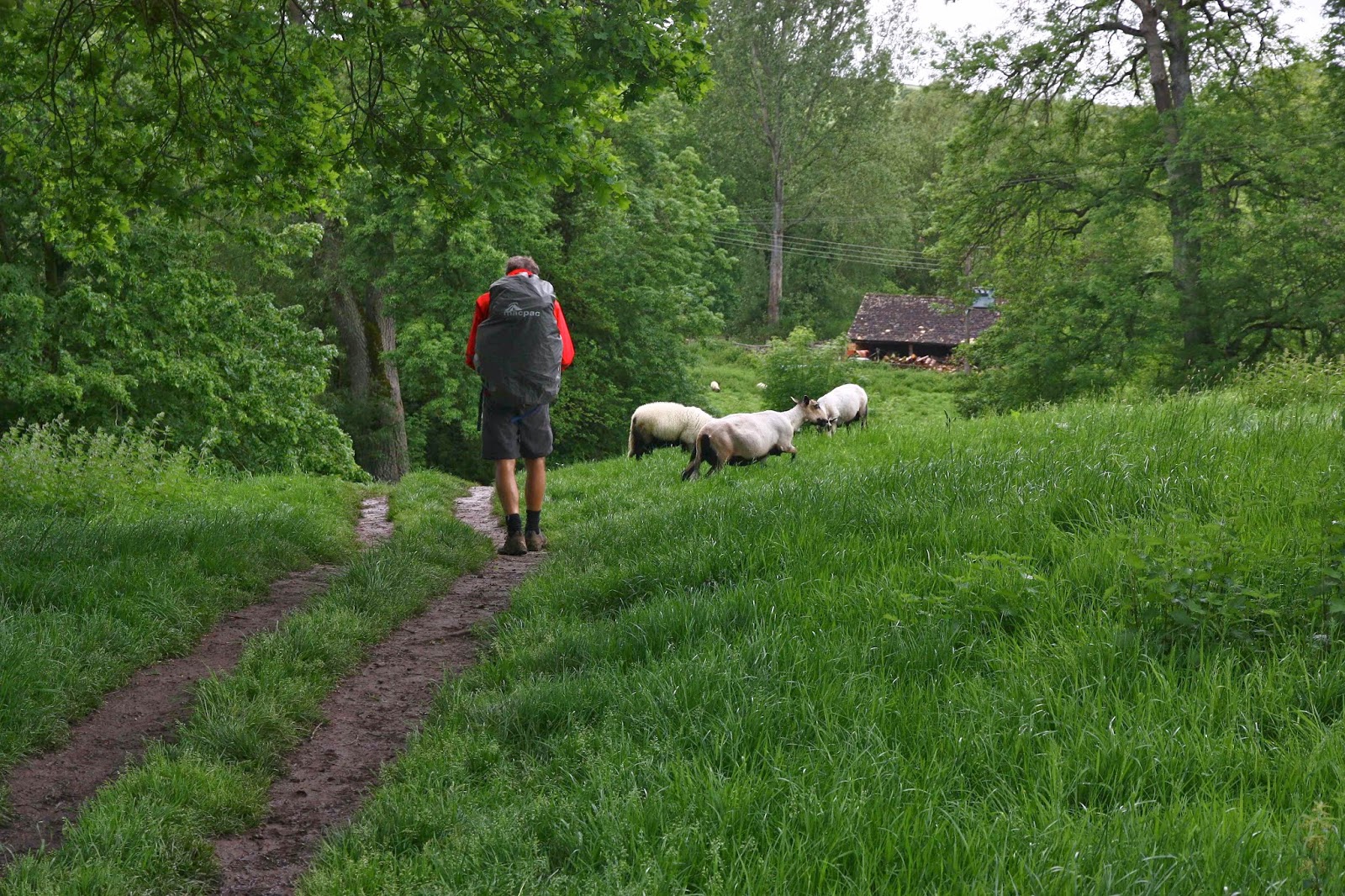As in many previous years, I used England as a warm-up for my husband – a kind of transition between his semi-sedentary job and the demands of walking all day, every day over mountain passes on the continent.
This year, I chose to go “peak bagging” in the Lake District. I use that verb as a shorthand to describe our activity, but as I look at my four maps of the area, with the routes we’ve done highlighted in yellow or orange in a spiderweb configuration, I realise that it’s far more about ridges and routes than the summits themselves, even though we visited each summit in question. The best views and the most exhilarating experiences of nature’s wonderland are often to be had on the way rather than near the summit cairn.
Before we left, I pored over my existing highlighted routes, plotting the best bases for filling in the gaps that remained. The Buttermere area was a definite, but as that village is either booked out at the cheap end, or too expensive at the other, I selected nearby Loweswater as our first base. Kirkstile Inn, with its wonderful view out our window of Mellbreak, a fabulous fell, was my choice, and we loved our time there.
I didn’t want our whole twelve days in the one spot, so also opted for bases in Patterdale and Skelwith Bridge for variety of peaks and experiences (the latter being chosen more on grounds of nostalgia than access to unclimbed peaks).
We arrived excited to be there at last after 40 hours’ travel. We weren’t really hungry, but had some soup just to call it dinner; we were far more eager to stretch our legs after such a long time sitting, before official bedtime claimed us. Heron Pike didn’t seem all that far away and the evenings are long … off we set, straight up a direct line from Grasmere, where we were spending the first night.
The next morning we were up at 4.30 with the approaching dawn, so set out walking with no particular plan. We just wanted to enjoy being there and to see whatever we would see. I can’t resist going up when it’s an option, so put up with ‘flat’ for about ten minutes before the allure of an adjacent sharp climb dragged me with irresistible pull and we began a steep ascent of Heron Pike from a different approach, through the bracken and up rocky crags. I wondered if I was leading us straight into an impassable cliff face, but soon enough a sheep appeared and we were on the ridge line shortly afterwards to enjoy a much more scenic approach to the summit that we’d had the night before. We climbed two more peaks before dropping down, starving, for a hearty English breakfast. I’m surprised we weren’t rebuked for gluttony as we had multiple servings of everything available, and cleaned them out of prunes, grapefruit and muesli before beginning on the hot food. The English don’t serve breakfast until the late hour of 8 a.m., so this (early walk + edacity) became a fairly regular pattern. Our behaviour was either tolerated or not noticed, and no one saw fit to expel us.
As we climbed over forty new peaks (in addition to many repeat climbs) in our eleven days there, I won’t give an account of each one, but will sect a few favourites from the mix.
In previous trips to this area, we have climbed the peaks (Haystacks, High Crag, High Stile, Red Pike) in the vicinity of Scarth Gap, on the southern side of Buttermere more times than I can remember, as we love that area, but we have never climbed any of the ones on the other (more northerly) side. I’ve always eyed them up and thought them a little imposing; they look very steep and quite sheer from the front. Thanks to the notion of peak bagging, however, we were challenged to try new mountains, rather than keep summiting familiar friends, and I’m so glad to have been prodded to do this.
Whiteless Pike is due north of the hamlet of Buttermere and looks over the lakes Buttermere and Crummock Water, presenting a rather inhospitable face to both. A direct approach is marked on the map, but not exactly visible on the ground. My husband did not dare a direct approach, and I selected a route that went up the Rannerdal Valley beside the crags of that name and that then climbed steeply from that direction. It was a beautiful way, with a fabulous, narrow ridge before the summit that offered extensive views of shining waters below and layers of mountains above. The grass was lurid green. My husband was rather unnerved by the ridge, but tolerated it, whilst opting not to return home in that direction. Once was enough. Still, there were other peaks to climb before that became an issue, and we enjoyed the views from four more before I showed him how he could get down on a less confronting route. I wanted to see the ridge from the uphill direction and see the lakes with a now lower sun, so I arranged his pickup point and set out to climb some more before dropping and joining him. It worked well. The possibilities for that kind of separation make England very suitable for us.
The third peak in this foreshore lineup, Whiteside, lies to the NE of nearby Crummock Water and flanks the other side of Grasmoor, yet another hulk with fabulous water and mountain views. This one we did take head on, with Bruce tolerating the mild level of exposure very well. It was the peak beyond, Hopegill Head that had him challenged as we approached. “Where are we going?”, he kept asking, as I headed him for it. I knew it would be much less threatening at close quarters when he could see the route up, so just kept responding vaguely, “Oh, ahead”, (waving my arm broadly), “in this direction.”
He knew Liza Beck from the day before, so gained in confidence. From the top of Grisedale Pike, we could see not only Keswick way below, but peaks that I used to run up from Keswick when I was training there (Cat Bells, Maiden Moor, High Spy and Dale Head). It was pleasing to greet old friends unexpectedly, out of context as it were. I hadn’t bothered to look at the map to see what lay beyond my present focus of interest.
My third favourite peak was also done from our Loweswater base, and was the peak we looked at out our bedroom window at Kirkstile Inn. We woke up seeing it and went to bed staring at it, and said “Hi” to it any time we happened to visit our room. The side that faced it was another “in your face” slope, and I knew there was a route that went straight up that slope, so that was what I’d chosen for our first afternoon there. B attempted to come, but gave up when the route became somewhere near ninety degrees and he wasn’t comfortable with the distance he’d fall if he started sliding. He doesn’t have full control of arms or hands, so it was a good decision. He opted to wait for me on a spot we named below and just enjoy the scenery while I played above.

